Introduction

I guess you did not expect to see a comparison of fast 55-58mm f/1.2 to f/1.4 lenses for Nikon F-mount in 2024, but I also did not expect to see Cosina releasing a new F-mount lens in 2023, so here we are. We will be looking at the Nikon 55mm 1.2 Ai, the first F-mount lens as fast as f/1.2 from 1965, its modern reincarnation by Cosina, the Voigtländer 55mm 1.2 SL IIs Nokton from 2023 and Cosina’s fan favorite F-mount portrait lens, the Voigtländer 58mm 1.4 SL IIs Nokton, which is around since 2007.
Contents
Disclaimer: I only tested one sample of each lens. As sample variation comes into play, it is possible that any one of these lenses may perform above or below average in certain areas, e.g. corner sharpness.
Furthermore no lens is perfectly symmetrical, so it is possible I picked the best corner of one lens while I picked the worst of another. Sample variation usually has less of an affect on other aspects like bokeh, vignetting and color correction though.
The Voigtländer 55mm 1.2 SL IIs Nokton was provided by Voigtländer GmbH, the German Voigtländer distributor. The other two lenses I bought myself.
Specifications
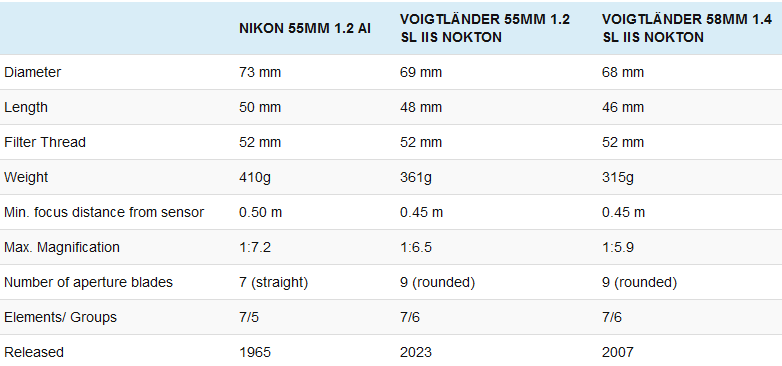
Nikon 55mm 1.2 Ai N55
buy from ebay.com | ebay.de (affiliate links) starting at $300
Voigtländer 55mm 1.2 SL IIs Nokton V55
buy from Amazon.com | B&H | ebay.com | ebay.de (affiliate links) for $699/649€ or find your local Voigtländer distributor
Voigtländer 58mm 1.4 SL IIs Nokton V58
buy from Amazon.de | B&H | ebay.com | ebay.de (affiliate links) for $549/579€ or find your local Voigtländer distributor
To not always having to write the full lens name in the following comparisons I will use the abbreviations as highlighted in red above.
Build quality/Handling
In terms of size and handling all three lenses are very similar, the two Voigtländer lenses almost indistinguishable even. Focus throw of the Voigtländers is a bit longer (270° compared to ~230° of the Nikon) and the Nikon’s aperture ring can be moved slightly beyond the f/1.2 click. The Voigtländer lenses also feature electronic contacts, which the old Nikon lens obviously doesn’t.
For more detailed information you can always check out their individual reviews.
Field of view
The 58mm lens being tighter than the 55mm lenses does obviously not come as a surprise. The Voigtländer 55mm is also slightly tighter than the Nikon 55mm though.
What is more interesting: the Nikon’s framing looks slightly shifted compared to the others. If this only happened in one scene I would have not made much of it, but it is something I encountered in every single comparison and then it occured to me: the rear element of the Nikon 55mm 1.2 is not perfecly round as it has a cut out for the aperture lever so it essentially works like a slightly shifted lens (also have a look at the optical vignetting section).
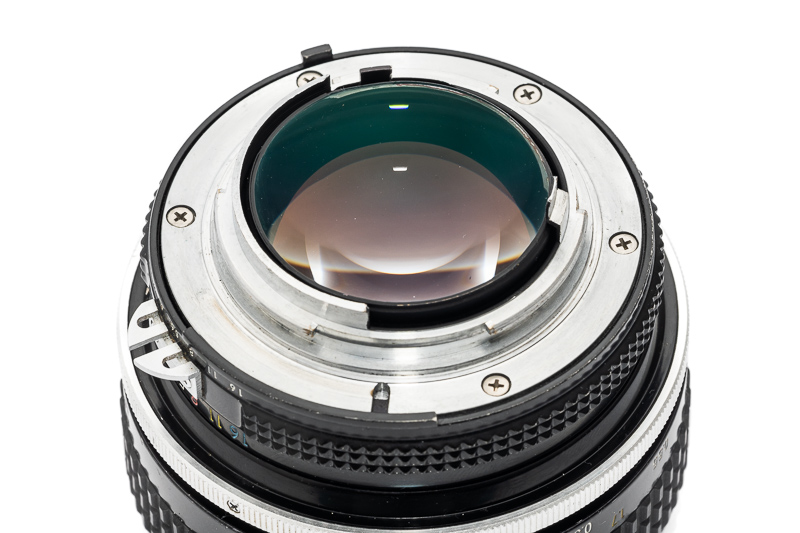
This is something that will only be noticeable in a direct comparison with a “normal” lens though.
Relative transmission
While the f/Stop describes the actual geometric relations of focal length and aperture, lenses with the same f/Stop may still have different light transmissions. The number of air-to-glass surfaces, the quality of the coatings and especially the type of glass used make the difference here. It is said that a high number of high refractive elements leads to a worse transmission.
Measuring the actual light transmission of a lens is a very difficult endeavour not possible without fancy measuring equipment (which I obviously don’t have).
What I can try, is to see what the relative differences are. To do that I took pictures of an evenly lit surface with all lenses set to infinity with the same camera settings. Afterwards I checked which lens is the brightest in the center and then how much I need to increase the exposure in the center to get the other lenses to that same level. We also have to assume here, that the ISO and shutter speed values are actually constant when manually set, which they should be.
I shot all the lenses at their maximum aperture, which means the Nikon 55mm 1.2 and Voigtländer 55mm 1.2 should be letting in the same amount of light whereas the Voigtländer 58mm 1.4 should be half a stop darker.
| Lens | Light transmission |
| Nikon 55mm 1.2 Ai | ± 0 |
| Voigtländer 55mm 1.2 SL IIs Nokton | -0.02 EV |
| Voigtländer 58mm 1.4 SL IIs Nokton | -0.63 EV |
The two f/1.2 lenses are the same within the margin of error. The Voigtländer 58mm 1.4 is about a sixth of a stop darker than it should be, but this isn’t really something to get concerned or excited about.
Vignetting
Light Falloff
| Nikon 55mm 1.2 Ai | Voigtländer 55mm 1.2 SL IIs Nokton | Voigtländer 58mm 1.4 SL IIs Nokton |
|
| f/1.2 | 2.7 EV | 2.8 EV | |
| f/1.4 | 2.4 EV | 2.5 EV | 2.6 EV |
| f/2.0 | 1.4 EV | 1.6 EV | 2.1 EV |
| f/2.8 | 0.8 EV | 1.0 EV | 1.1 EV |
| f/8.0 | 0.3 EV | 0.2 EV | 0.3 EV |
These values are for the extreme corners.
There are not a lof of surprises here, as all three lenses show very similar vignetting figures. The Voigtländer 55mm 1.2 SL IIs shows the highest vignetting at the maximum aperture, but the differences are so small, this isn’t really worth talking about.
At f/1.4 the Voigtländer 58mm 1.4 SL IIs Nokton shows about half a stop stronger vignetting than the other two, which are already stopped down by half a stop here. At all the other aperture settings the vignetting values are the same within the margin of error.

Optical Vignetting
Fast lenses usually show a noticeable amount of optical vignetting, especially so the compact ones. Without going too much into technical details optical vignetting leads to the truncation of light circles towards the borders of the frame.
In the center of the frame almost every lens will render a perfect circle, but only lenses with very low optical vignetting will keep this shape in the corners.
So in the following comparison we move from the center (left) to the extreme corner (right) and see how the shape of the light circle changes.
This comparison was done at a focus distance of 0.5 m and with a test target it was ensured that all lenses are focused at exactly the same distance so that the results are directly comparable.
f/1.2
f/1.4
f/2.0
Observations
I was very curious about the Voigtländer 55mm 1.2’s performance in this category. Designing an f/1.2 lens for the F-mount is no joke. Nikon attempted doing that three times and every time the rear element wasn’t perfectly round to make space for the aperture lever.
Cosina’s engineers managed to design an f/1.2 lens without that flaw – something Nikon’s engineers did not manage to accomplish in over 60 years. And they even managed to include electronic contacts. This sounded too good to be true, so I was wondering if the opening might be slightly smaller than that of the Nikon 55mm 1.2, but as you can see from the comparison above, that is not the case. This Voigtländer 55mm 1.2 SL IIs is the first real f/1.2 lens for the F-mount.
The optical vignetting is generally high and all lenses show a comparable amount. The old Nikon shows the strongest outlining and the Voigtländer 58mm 1.4 the least. The Voigtländer 55mm 1.2 sits inbetween. I also think the 58mm 1.4 creates the most natural shapes when comparing the lenses at f/1.4 and f/2.0.
Nikon’s 50-58mm f/1.2 lenses use either 7 or 9 straight blades. I am quite happy Cosina decided to go with 9 rounded blades, leading to way more pleasing out of focus highlights when the lenses are slightly stopped down.
As all three lenses feature an all-spherical design we do not encounter any onion ring structures here.
Sharpness Infinity
All these three lenses feature a rather simple double gauss design made of only 7 elements and without any special glass like aspherical or APD elements. This means we should not expect particularly great performance at their maximum aperture or slightly stopped down.
The old Nikon 55mm 1.2 shows the strongest glow (spherical aberration) at f/1.2 to f/1.4. The Voigtländer 55mm 1.2 is also noticeably softer at these apertures. The Voigtländer 58mm 1.4 is noticeably better corrected at f/1.4, showing the least amount of glow.
If you are looking for very good across frame performance you need to stop these lenses down a lot. The Voigtländer 58mm 1.4 looks very good at f/8.0. The Nikon 55mm 1.2 also looks very good at f/11 (and almost as good at f/8.0). The Voigtländer 55mm 1.2’s extreme corners never look as good as those of the other two lenses. It is certainly usable at f/11, but if you are picky about across frame sharpness you might not be satisfied with it.
For a more detailed assessment of each lens in this category have a look at my individual reviews of them.
Sharpness portrait distance
For portraiture it isn’t so important how flat the field is, it is more interesting to see what the sharpness is like when focused at different parts of the frame to take field curvature out of the equasion.
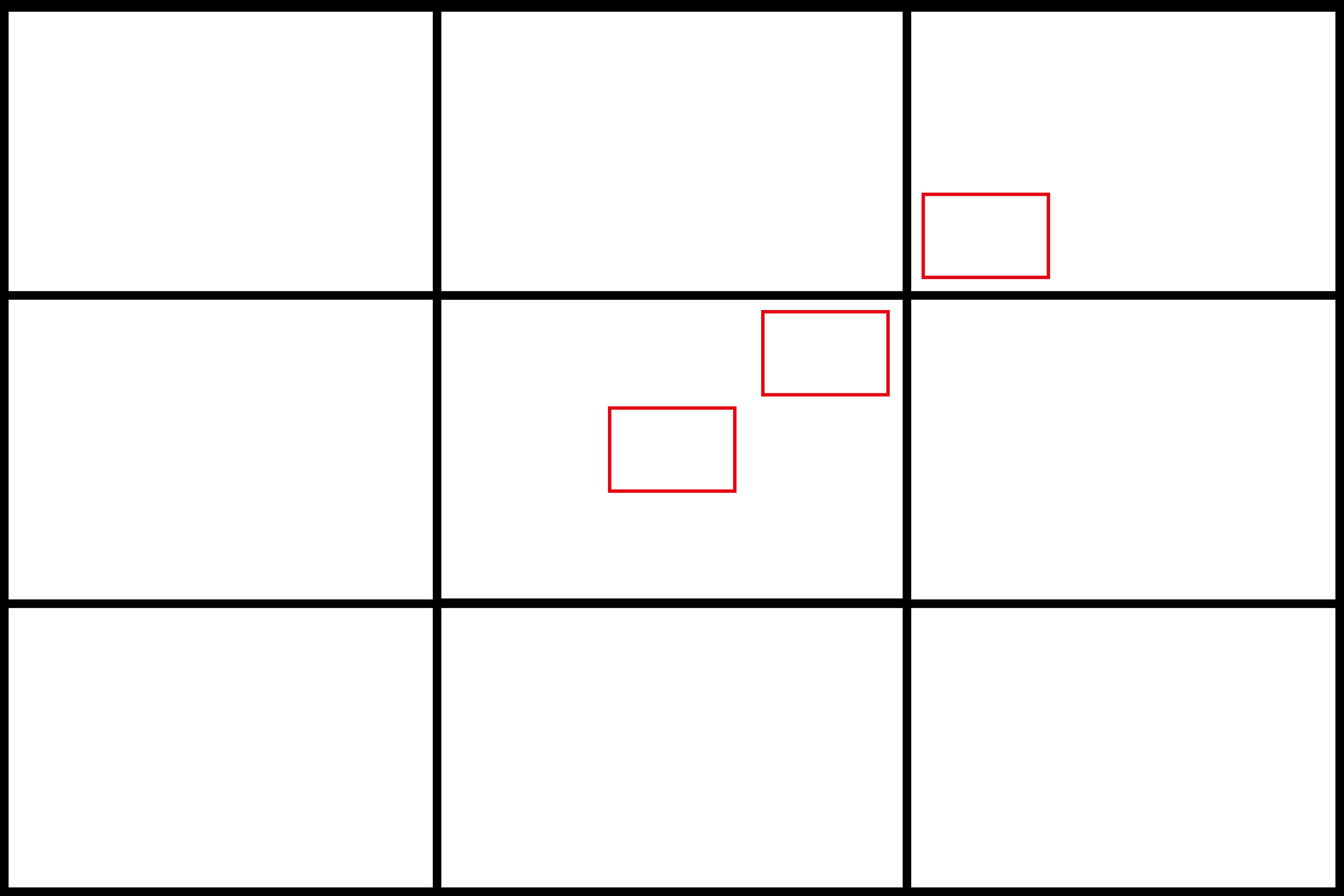
This is what I did here, I refocused for every shot to get the best possible result at different locations in the frame (center, inner midframe and outer midframe).
Focus distance was roughly 1.5 m and the circle of the dollar bill is more or less the size of a human eye.
Center
Max Aperture <———-> f/2.0
Inner midframe
Max Aperture <———-> f/2.0
Outer midframe
Max Aperture <———-> f/2.0
Observations
This Voigtländer 58mm 1.4 shows the best performance at the maximum aperture, but it is also half a stop slower than the other two lenses. You may wonder if the f/1.2 lenses improve enough when stopped down to f/1.4 to close the gap, but that isn’t the case.
Both, the Voigtländer 55mm 1.2 SL IIs and the Nikon 55mm 1.2 Ai, are way softer at f/1.2 and also at f/1.4. The Nikon 55mm 1.2 Ai is the softest, the almost 60 years younger Voigtländer 55mm 1.2 is doing slightly better.
Stopped down to f/2.0 or further they all look the same to me.
Coma
f/1.2
f/1.4
f/2.0
f/4.0
Observations
First things first: none of these lenses is showing a good performance here. That shouldn’t come as a surprise considering they are all rather simple double gauss designs.
Both the f/1.2 lenses look awful at f/1.2 and still awful at f/1.4. Maybe the Voigtländer’s artefacts are slightly smaller, but not nearly enough to get excited about.
At f/1.4 the Voigtländer 58mm joins the party. It doesn’t look great either, but better than the other two.
From f/2.0 on they all perform similar. Stopping down to f/4.0 is not sufficient for good corner sharpness for any of these lenses though.
Flare resistance
I am not going to do any side by side flare resistance comparisons here, instead you get my opinion based on my individual reviews of these lenses.
The Nikon 55mm 1.2 Ai is the worst of the three. Not that surprising considering its age.
Interestingly there are bigger differences between the two Voigtländer lenses than I would have expected. The latest 55mm 1.2 SL IIs Nokton performed the best out of these three lenses in my tests. The 58mm 1.4 is actually a bit worse than I would have expected, especially with a strong point light source inside the frame.
Rendering / Bokeh
I always took these pictures tripod based and from the same distance. In some cases I normalized their field of view (FoV) in Photoshop, meaning I cropped the pictures from the wider lenses to make them easier to compare.
The pictures have ususally been adjusted for white balance individually, apart from that there have not been individual adjustments. All the pictures have been taken at the lenses’ maximum aperture.
You can have a look at some full resolution pictures from this section here.
When it comes to subject separation there are two things to consider, one is obviously the bokeh (quantity and quality) itself, but what can be just as important is the difference between contrast and resolution in the focal plane compared to the out of focus areas.
The ideal lens has high contrast and resolution in the focal plane and smooth out of focus areas without any outlining around highlights or contrasty edges. If this is the case it is easier to create an illusion of depth (or “3D effect” as some may call it). Only few lenses manage to strike this balance though.
Bokeh is a bit of a subjective thing, but I see it like this: Bokeh is to the subject, the same as the pot is to a bonsai tree. It should be a nice addition, but not distract from the actual thing.
When the bokeh is so weird or eccentric that you cannot take your eyes of it, I definitely think there is something wrong with it and it failed its purpose.
I also prepared an extra article on this topic: Bokeh Explained.
Scene 1: Forest 1.4 m
I decided to first show you a scene in both ways: the full pictures (above) and the normalized ones (below).
The Nikon 55mm 1.2 is slightly softer if you look very closely. Apart from that I consider bokeh and rendering differences almost non-existent in this scene, especially between the two Voigtländer lenses. When cropped to the same framing and without a direct comparison I could not tell you which is which.
Scene 2: City Lights 1.1 m
In this scene the two f/1.2 lenses look very similar. The Voigtländer shows a slightly smoother bokeh, but this is not enough of a difference to get excited about. The Voigtländer 58mm shows a little less blur than the others, which makes sense, as it is an f/1.4 lens. It renders a slightly smoother bokeh with less outlining though.
Looking at 100% crops of the point of focus, the Voigtländer 58mm 1.4 again looks the best closely followed by the Voigtländer 55mm 1.2. The Nikon shows more glow here, but for portraiture it would still be perfectly usable for me.
Scene 3: Portrait (Head and Shoulder) 1.3 m
I think this is an interesting scene. As in the previous scene the Voigtländer 58mm 1.4 shows a little less blur, but because it has the highest contrast in the focal plane I think it still makes the subject stand out more.
Comparing the crops it almost looks like I was using a stronger diffusion filter on the Nikon 55mm 1.2 and a weaker one on the Voigtländer 55mm 1.2. The Voigtländer 58mm 1.4 reveals more fine details compared to the other two.
Scene 4: Portrait (Half Body) 1.9 m
The situation here is very similar to the previous scene. I was often surprised by how similar the bokeh rendering of these three lenses is.
The Nikon 55mm 1.2 has some sharpness issues at f/1.2 to f/1.4 at longer focus distances. As we will see in the following scenes this gets worse the farther the subject is away from the camera.
Scene 5: City Lights 1.8 m
Looking at the Nikon 55mm 1.2, the glow created by the backlight looks exactly like what you would get when using a diffusion filter. Because of this glow the focal plane isn’t as obvious though.
Looking at these crops we once more see the strong glow of the Nikon 55mm 1.2 and that the Voigtländer 58mm 1.4 is the best corrected one.
Scene 6: City Lights 2.3 m
Also at these longer distances the Voigtländer 58mm 1.4 creates slightly smaller yet also slighty smoother out of focus light circles. The two f/1.2 lenses look eerily similar and you have to look very closely to spot the differences.
Scene 7: Forest Backlit 2.8 m
This is a very complex scene consisting of different layers and very high contrast with a lot going on. Usually scenes like this are very good for spotting differences. But actually, apart from the obvious focal length differences, they look almost the same to me.
Looking at the crops from the center of the frame we again see what we already know: the Voigtländer 58mm 1.4 is the best corrected of the three, the Nikon 55mm 1.2 is the softest and the Voigtländer 55mm 1.2 sits somewhere inbetween.
Scene 8: Forest 3.1 m
Regular readers already know this bench. Like the scene above I find it very revealing because of the different layers and all the foliage in the background. Do you see huge rendering differences? I don’t.
Scene 9: City 3.1 m
At these longer focus distances the Nikon 55mm 1.2 starts to have some sharpness issues. The planes of highest contrast and highest resolution are not really the same and this leads to a somewhat mushy and undefined focal plane. I am not a huge fan of this, because you are not really drawn to the focal plane anymore.
Looking at the crops we see all the Nikon’s aberrations leading to that lack of sharpness.
Scene 10: City 4.0 m
What I wrote in the previous scene is even more obvious here. Despite all three lenses being focused at the sign it looks like the Nikon’s background is more in focus. This is caused by the high amount of spherical aberration leading to that undefined focal plane.
While all the lenses show some color aberrations the Nikon has much lower contrast than the other two, especially the Voigtländer 58mm 1.4.
Bokeh Summary
I focused on the performance at the maximum aperture here, because making use of that is the reason to buy one of these lenses and not a smaller, lighter and cheaper yet slower lens.
I was often surprised by how similar the bokeh of these lenses looks. The Voigtländer 55mm 1.2 often felt like a slightly optimized version of the old Nikon 55mm 1.2 to me. You can rather tell them apart by how much glow there is in the focal plane than the differences in terms of out of focus rendering – especially at longer focus distances where the Nikon is very soft at f/1.2 to f/1.4. If you are thinking about slightly stopped down shooting it should also be noted that the Nikon has an aperture diaphragm made of 7 straight blades whereas the others feature 9 rounded blades.
The Voigtländer 58mm 1.4 is generally better corrected than the other two at its maximum aperture. There is hardly any glow and therefore it has the best defined focal plane which makes it easier for the subject to stand out from the background. Being an f/1.4 lens it does create slightly less blur though.
Chromatic aberrations
lateral CA
The Nikon 55mm 1.2 shows a low amount of lateral CA which are easily corrected in post by just one click. The Voigtländer lenses correct this aberration very well, lateral CA are barely visible here – if at all.
longitudinal CA
Longitudinal chromatic aberrations come in different forms. In the following comparsions we will have a look at “bokeh-CA” or “bokeh fringing” which you will see in the out of focus areas and “purple fringing” which shows up close to the plane in focus.
Bokeh Fringing
We will be looking at 50% crops from the central part of the frame from the Sony A7III here.
f/1.2
f/1.4
f/2.0
f/2.8
Observations
In terms of bokeh fringing all three lenses show a very similar performance. The notable things are the Nikon showing the strongest glow at f/1.2 and f/1.4 and that it creates red/blue outlining compared to the magenta/cyan of the Voigtländers.
Purple Fringing
We will be looking at 100% crops from the central part of the frame from the Sony A7III here.
f/1.2
f/1.4
f/2.0
f/2.8
Observations
Also here all three lenses show a very similar performance at shared apertures. Interestingly stopped down to f/2.0 the Nikon looks the cleanest to me while the Voigtländer 58mm 1.4 still shows more outlining than I would like to see.
Conclusion
My opinion on these lenses
Nikon 55mm 1.2 – The vintage original
This lens has been first released in 1965 so there are some notable differences compared to modern lenses: the coatings are worse, the aperture diaphragm is made of only 7 straight blades and it also isn’t as contrasty at f/1.2 to f/1.4 – especially at longer focus distances.
If you are looking for that special vintage rendering these might be the exact reasons to prefer this lens though.
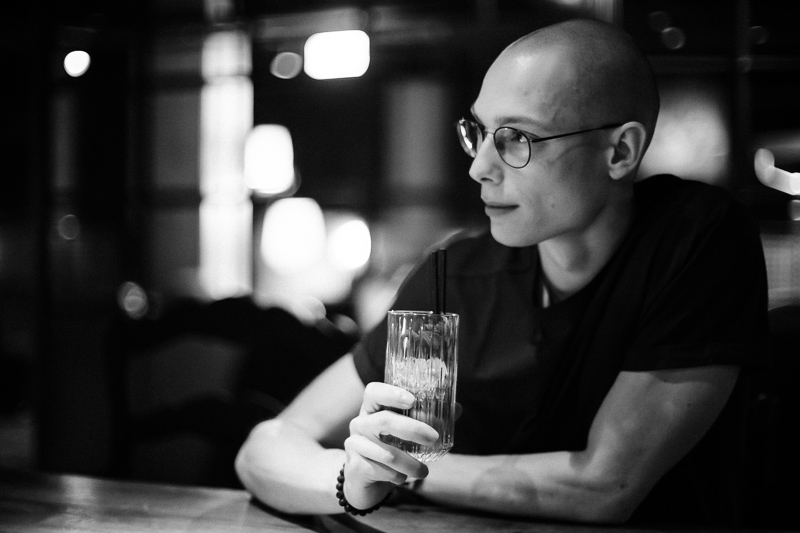
Voigtländer 55mm 1.2 SL IIs Nokton – The modern classic
This is very much the Zeiss ZM 50mm 1.5 C-Sonnar of the F-mount world. Cosina’s engineers seem to have taken a very close look at the aforementioned Nikon lens to improve its design while at the same time keeping its underlying character. I think they succeeded at it, as this performs slightly better at f/1.2, flare resistance is better, 9 rounded aperture blades are nice and it is even 50g lighter.
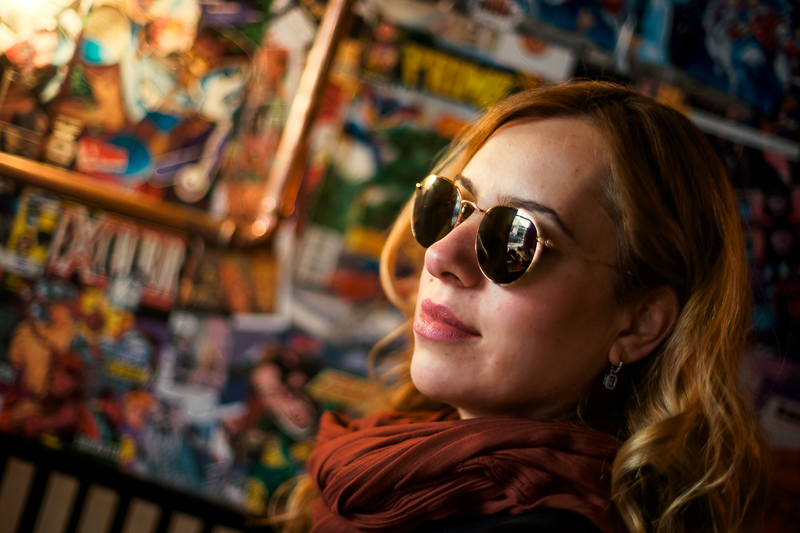
Voigtländer 58mm 1.4 SL IIs Nokton – The well behaved
Obviously this is not an f/1.2 lens, so it might not sound as appealing on paper. It does perform better than the other two at either, f/1.2 or f/1.4, though, which also makes it the easiest to focus. This generally feels more like a modern lens as it is simply better corrected. This also means it doesn’t have a distinctive glow at its maximum aperture.
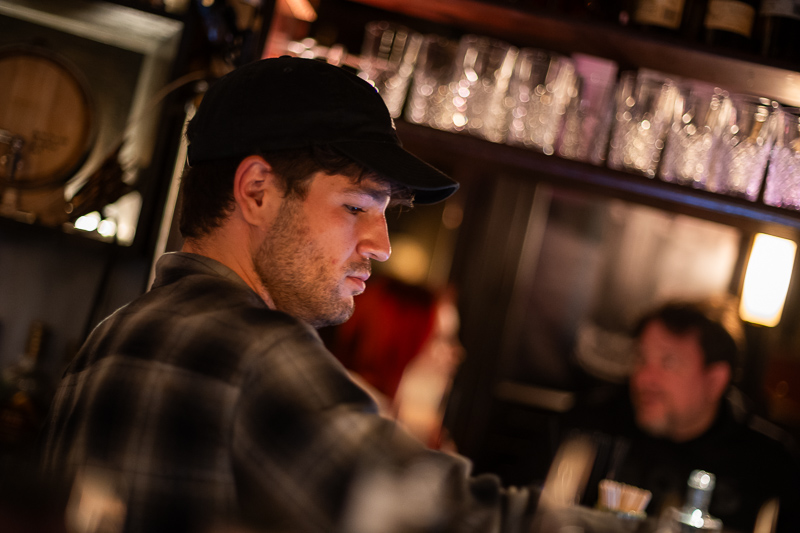
Which is the right lens for you?
This depends a lot on what you are looking for. If you are looking for a real vintage lens the Nikon 55mm 1.2 is the obvious choice. The pre-Ai versions work just as well on modern mirrorless cameras and can often be found for less money than the later Ai versions.
If you are looking for a manual focus lens that just works and doesn’t get in the way the Voigtländer 58mm 1.4 is the best choice, as it is the easiest to use and focus and it is also the lightest lens. You won’t get a lot of that soft focus vintage look here though.
The Voigtländer 55mm 1.2 sits somewhere in between the other two. It doesn’t have as much glow as the Nikon, but at the same time it isn’t as well corrected as the Voigtländer 58mm 1.4 either. This is a good choice if you are looking for that busier vintage bokeh, yet you don’t want to deal with low contrast, awful flare resistance or straight aperture blades.
Support Us
If you found this article helpful and you decide to buy one of these lenses, please consider using one of the following affiliate links.
If you are not interested in buying any of these lenses, but you still found this article useful, just liked reading it or it saved you a lot of money: treat us to a coffee!
![]()
![]()
![]() via Paypal
via Paypal
This site contains affiliate links. If you make a purchase using any of the links marked as affiliate links, I may receive a small commission at no additional cost to you. This helps support the creation of future content.
Nikon 55mm 1.2 Ai
buy from ebay.com | ebay.de (affiliate links) starting at $300
Voigtländer 55mm 1.2 SL IIs Nokton
buy from Amazon.com | B&H | ebay.com | ebay.de (affiliate links) for $699/649€ or find your local Voigtländer distributor
Voigtländer 58mm 1.4 SL IIs Nokton
buy from Amazon.de | B&H | ebay.com | ebay.de (affiliate links) for $549/579€ or find your local Voigtländer distributor
Other Articles
Latest posts by BastianK (see all)
- Review: Canon EF 50mm 1.0 L USM – Still the world’s fastest AF lens - December 30, 2025
- Review: Nikon Nikkor 105mm 1.8 Ai-s - December 28, 2025
- 2025 – Year in Review - December 23, 2025

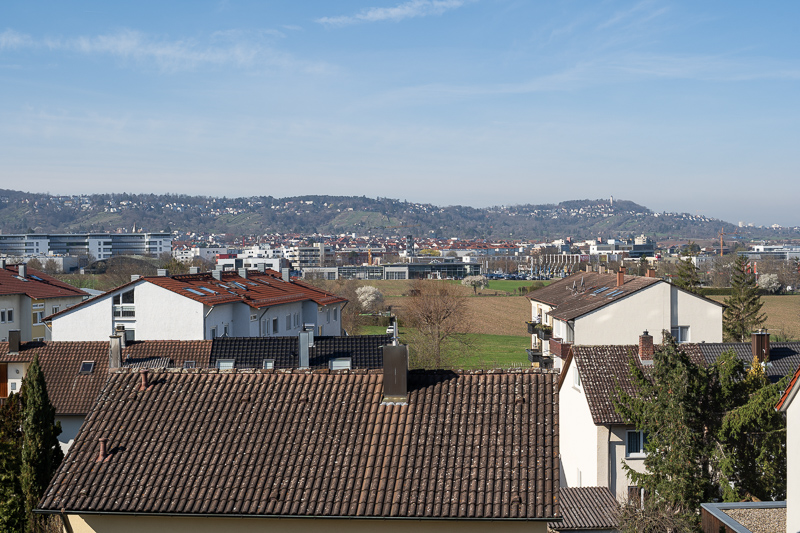
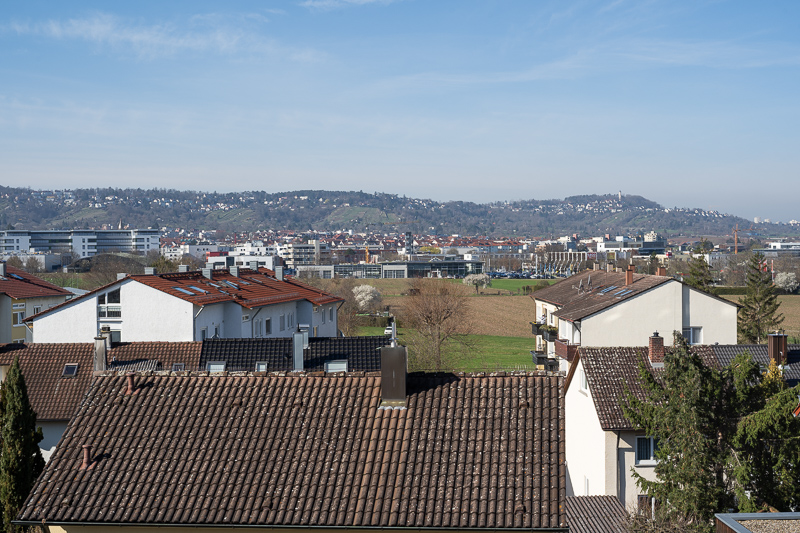








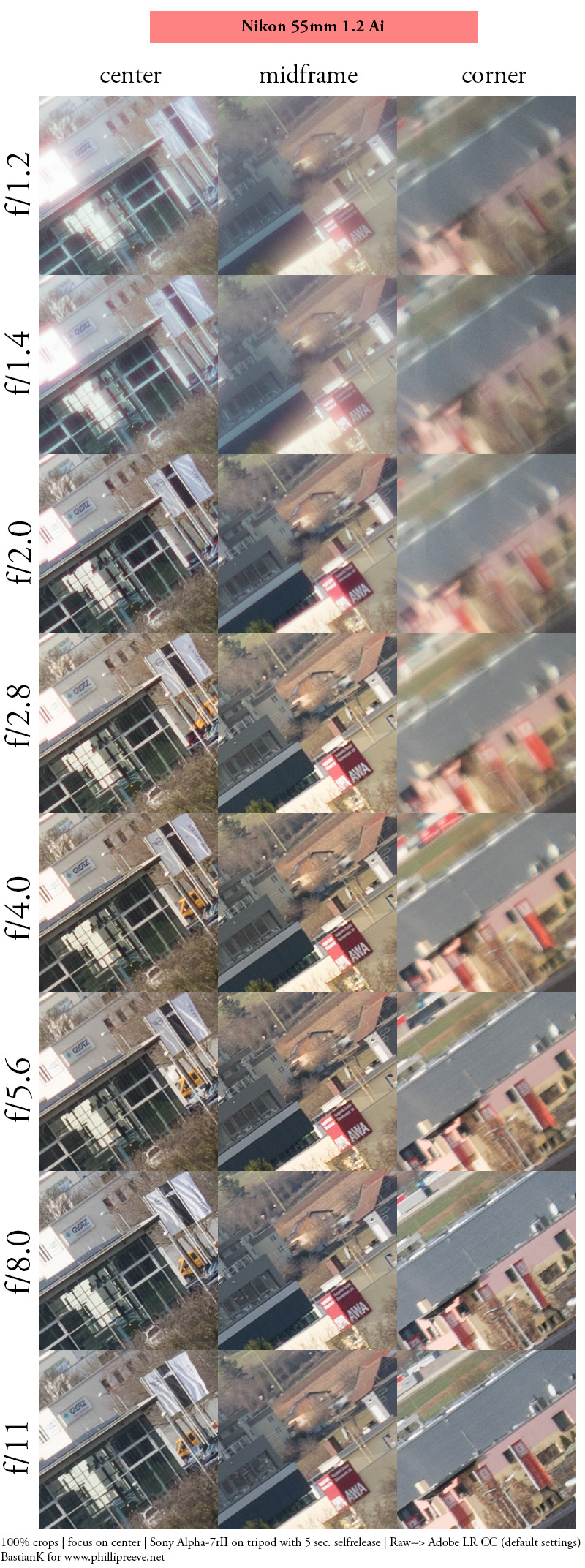
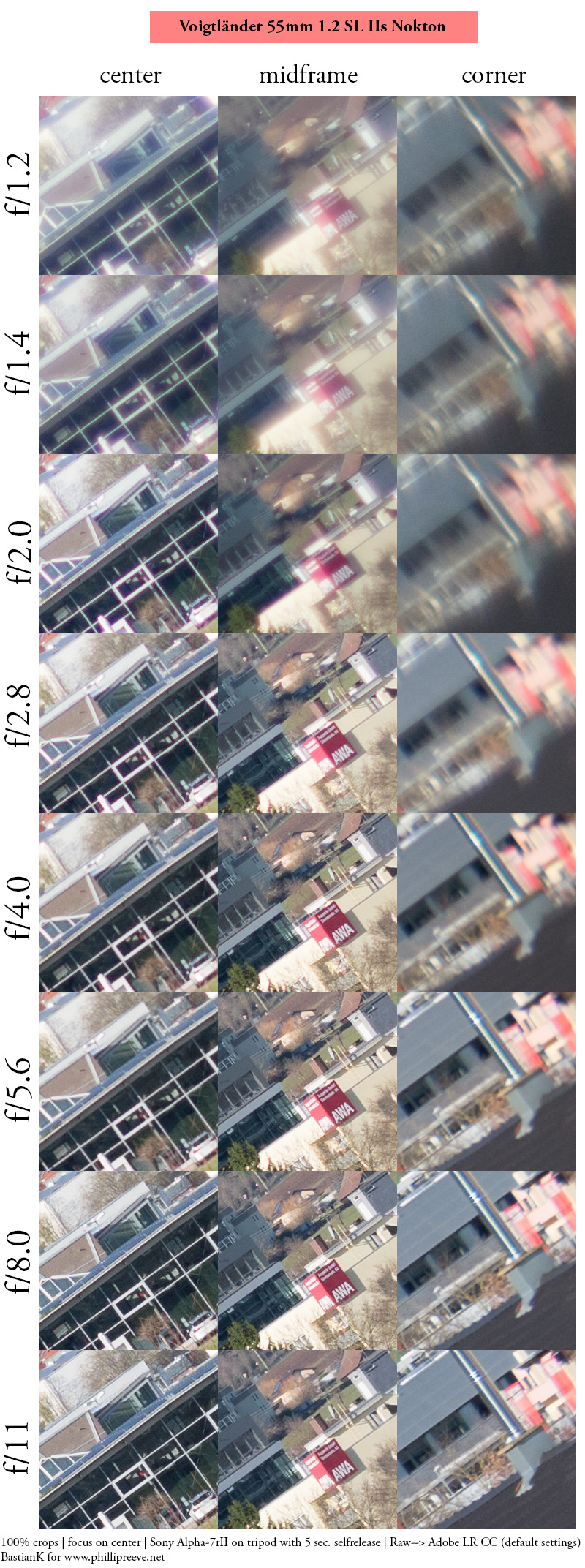

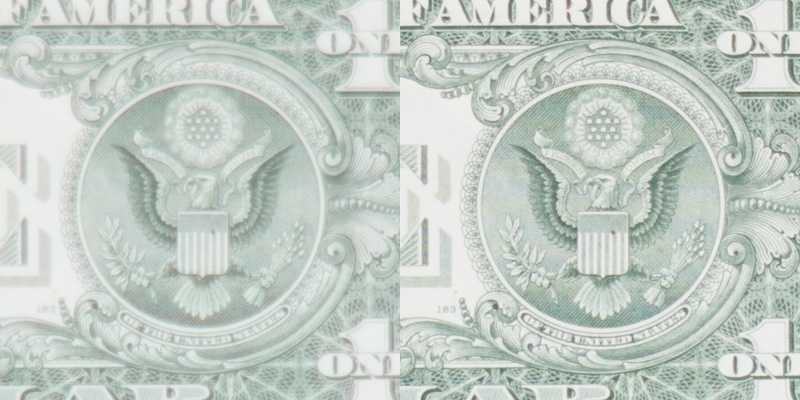

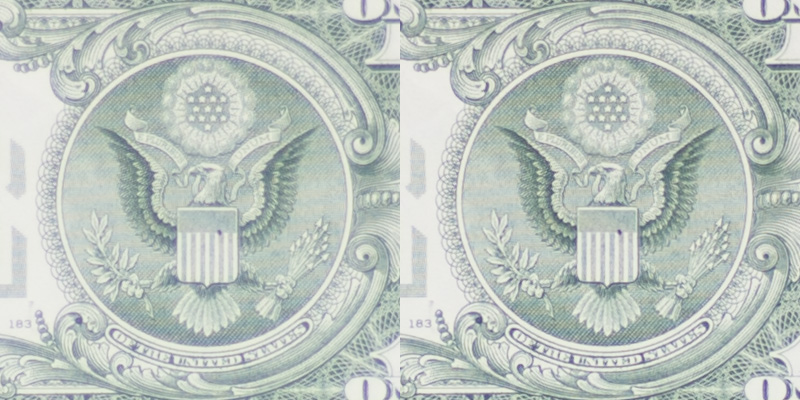
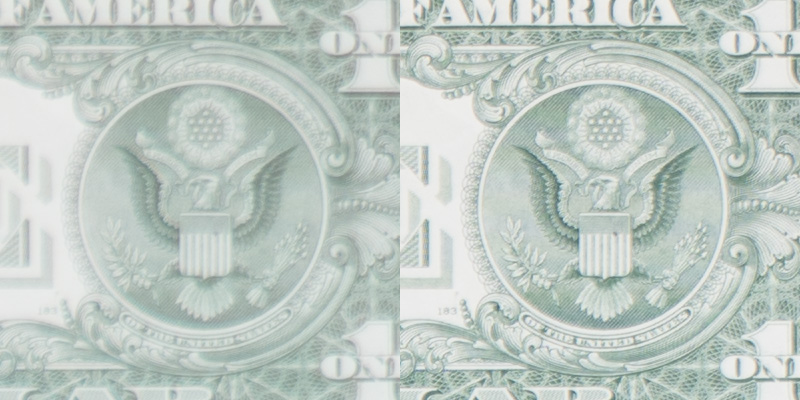
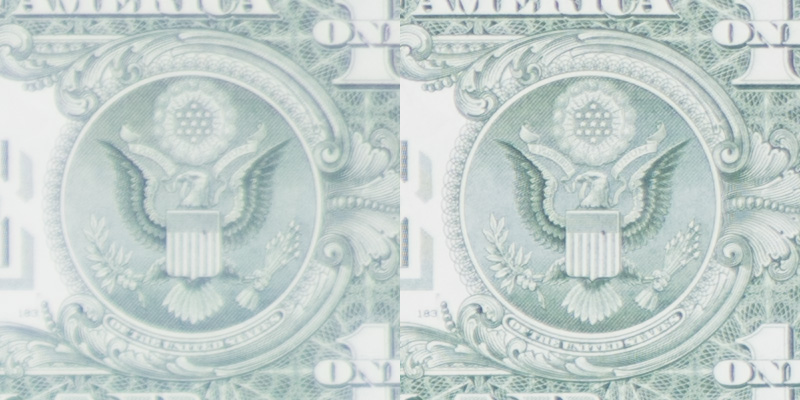
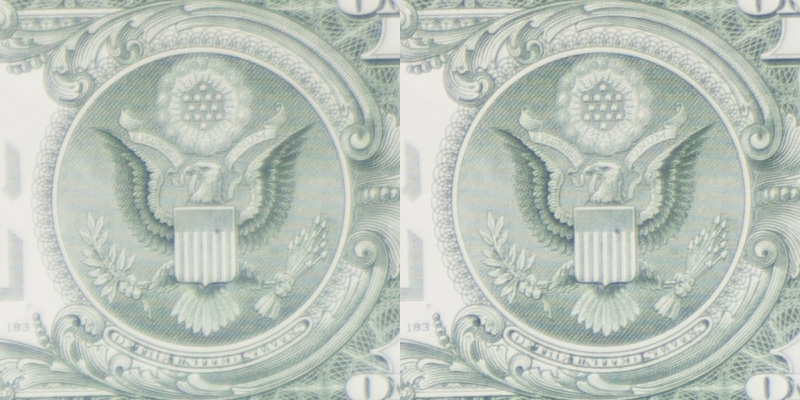
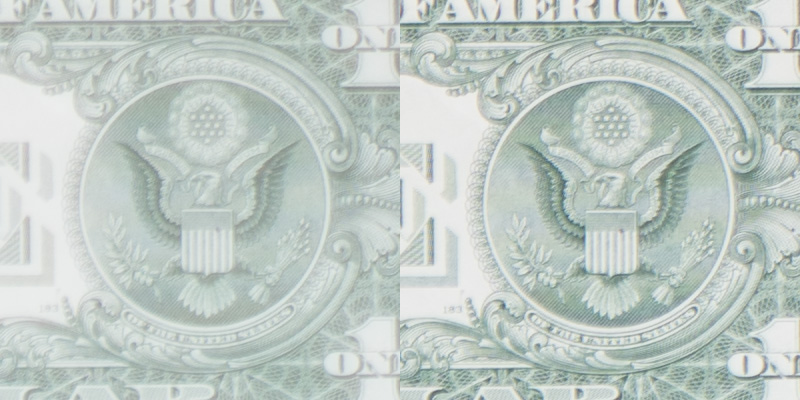
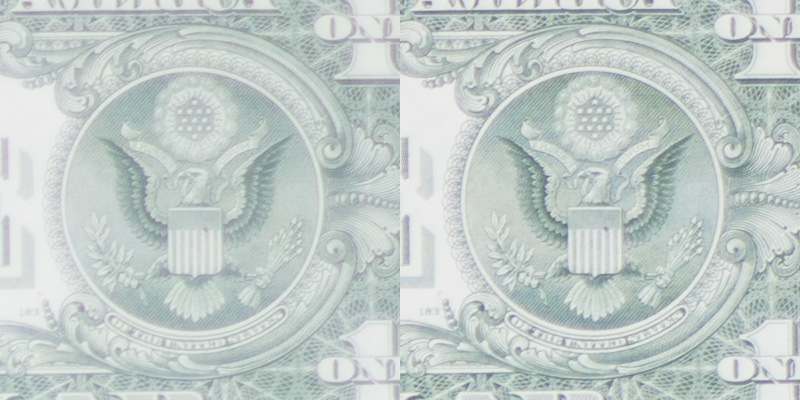

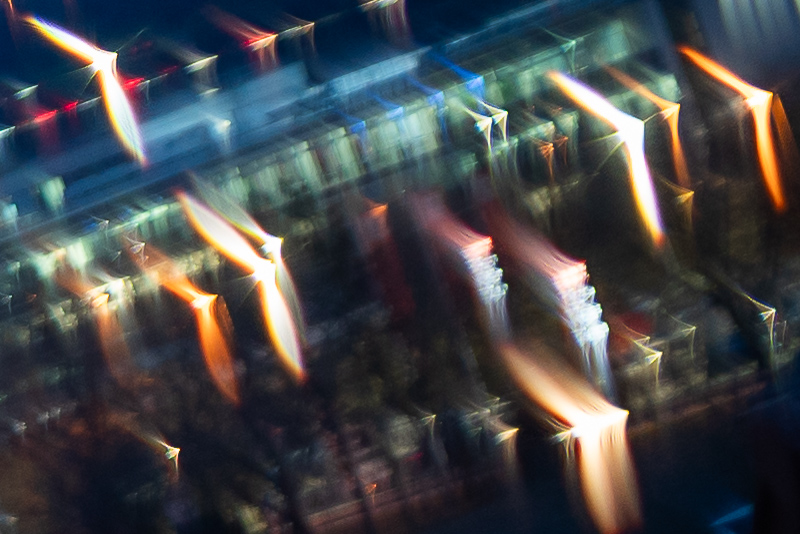
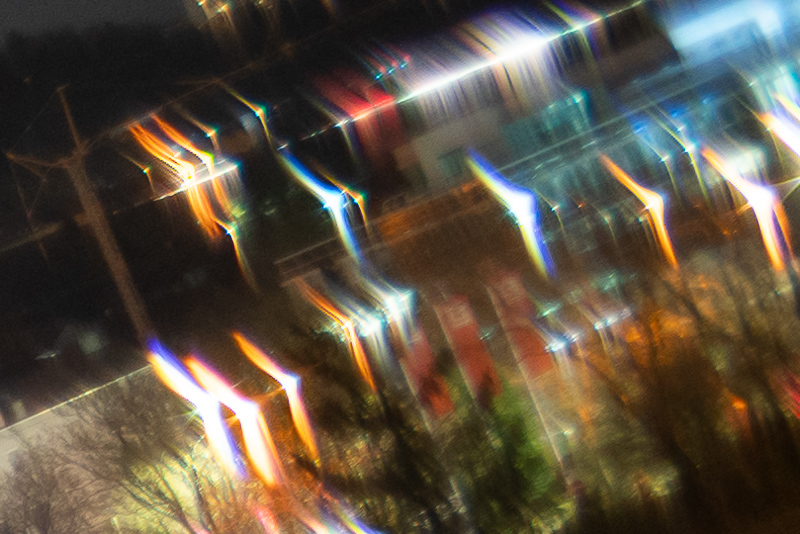
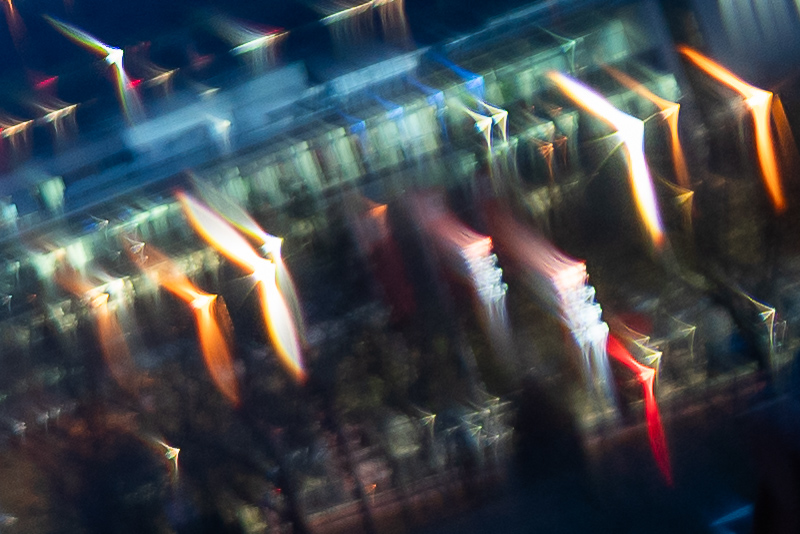
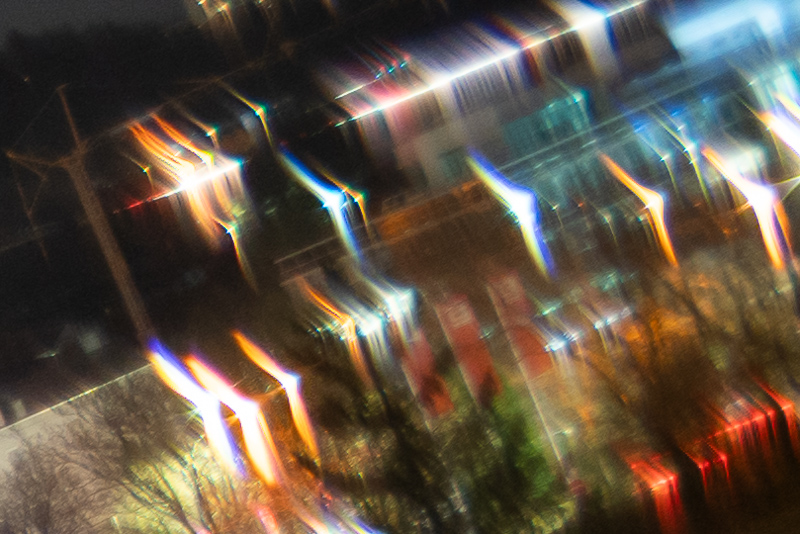

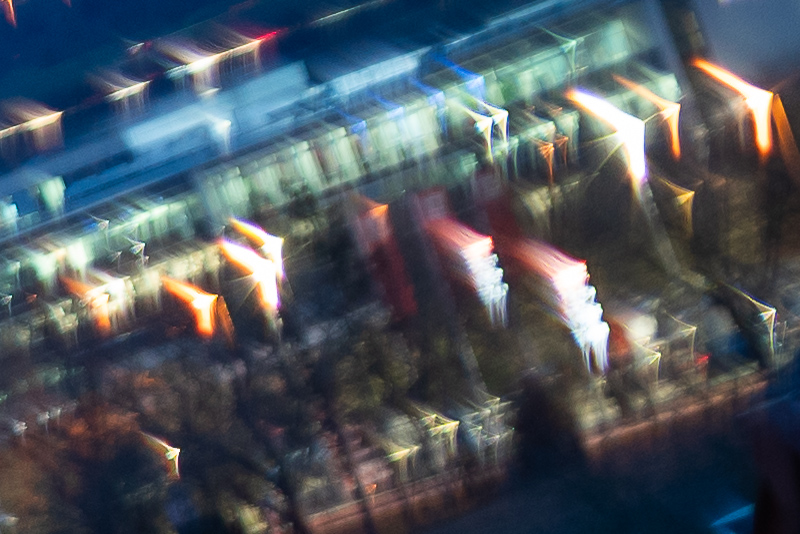
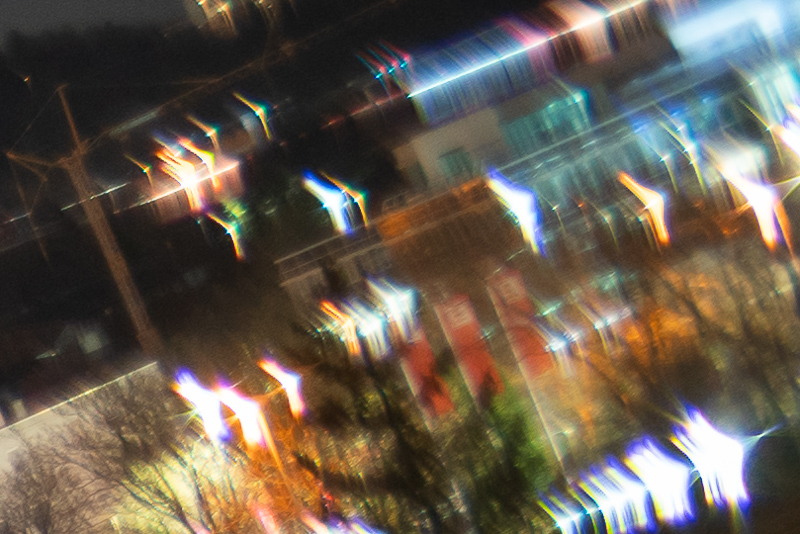

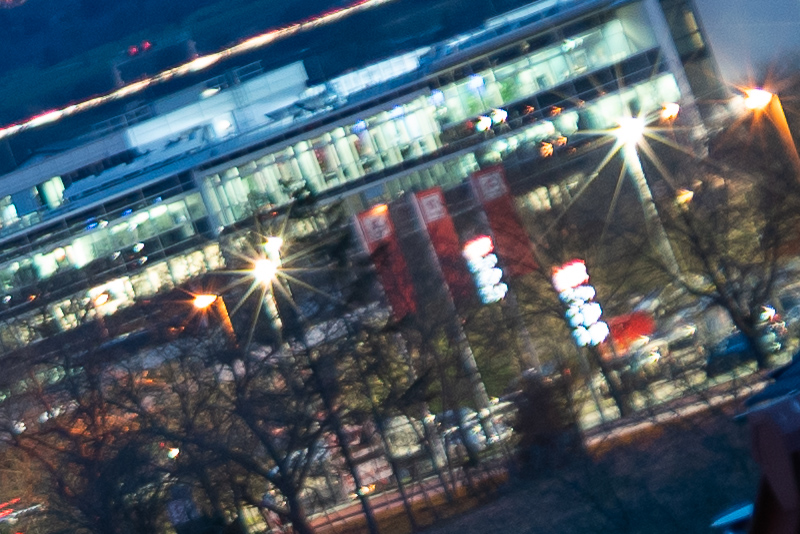
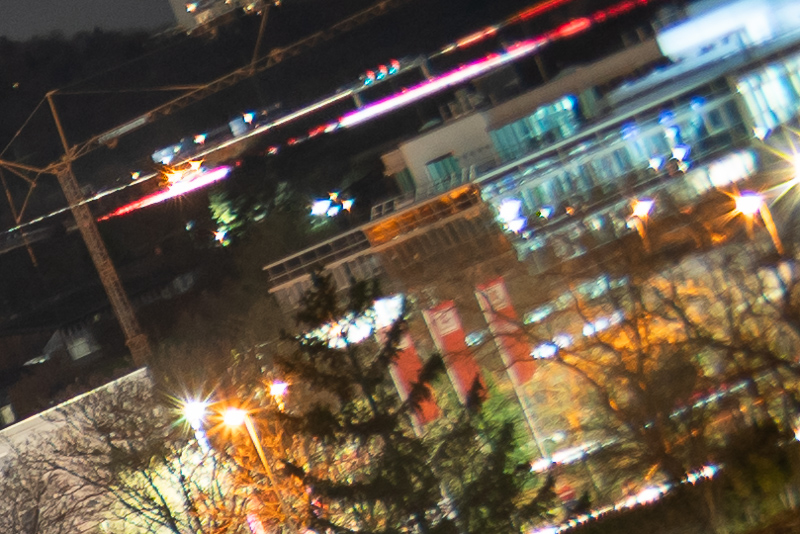

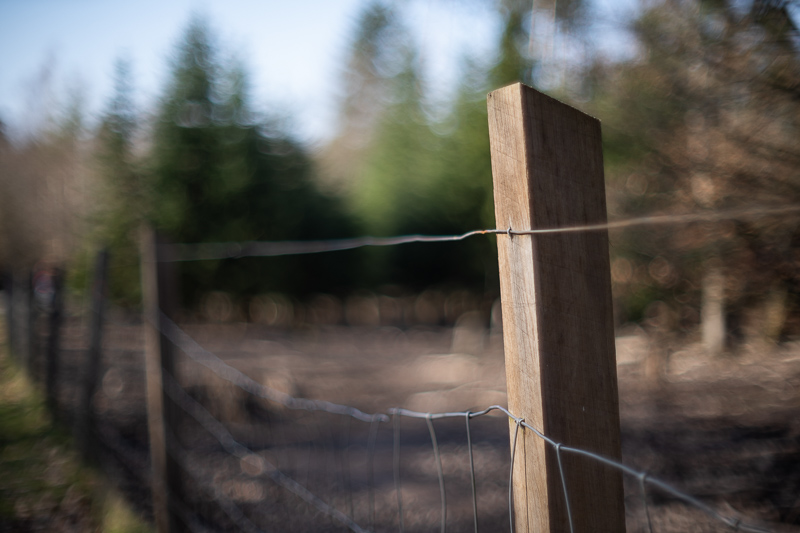
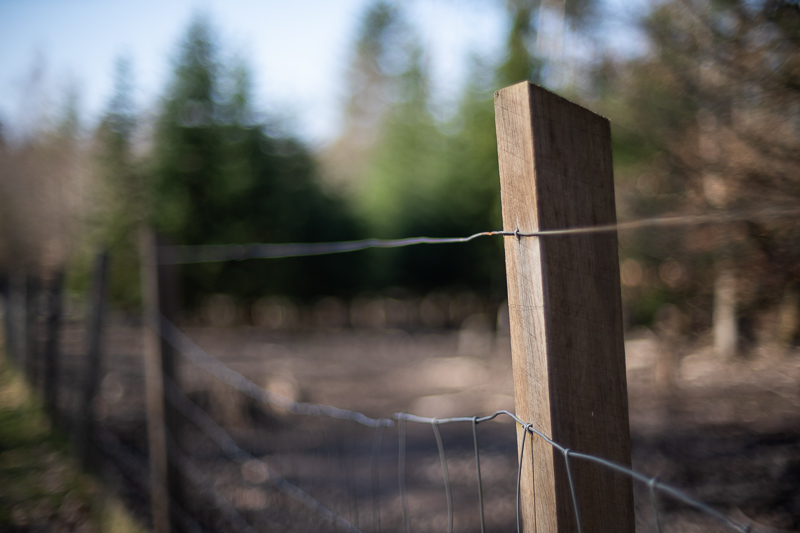
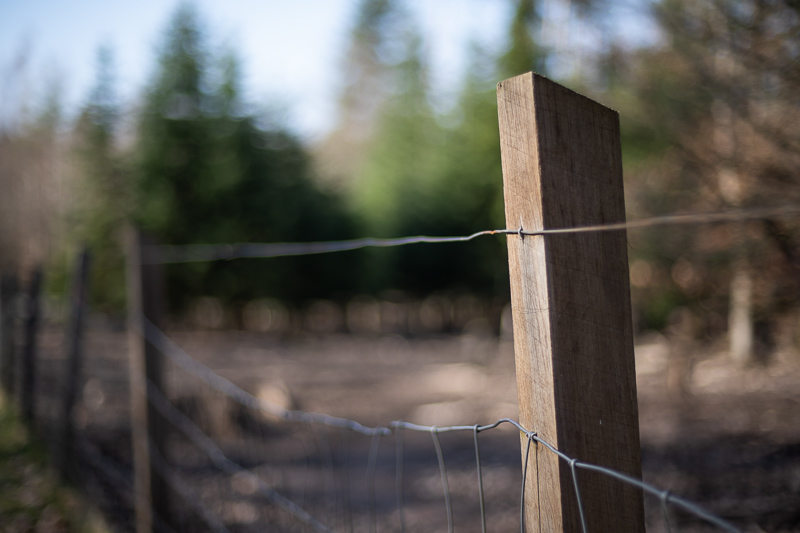


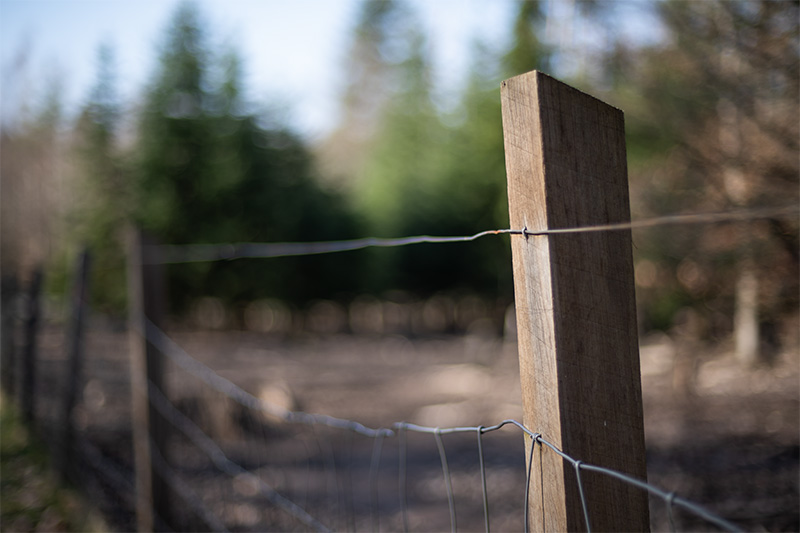
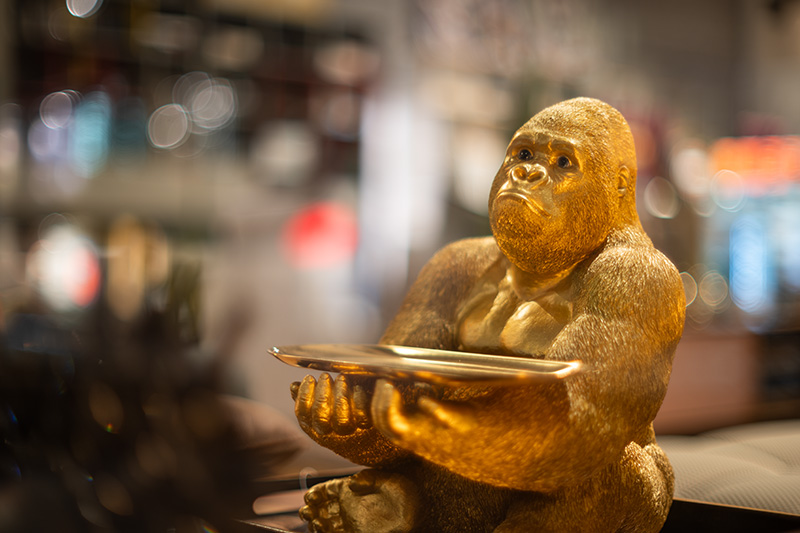
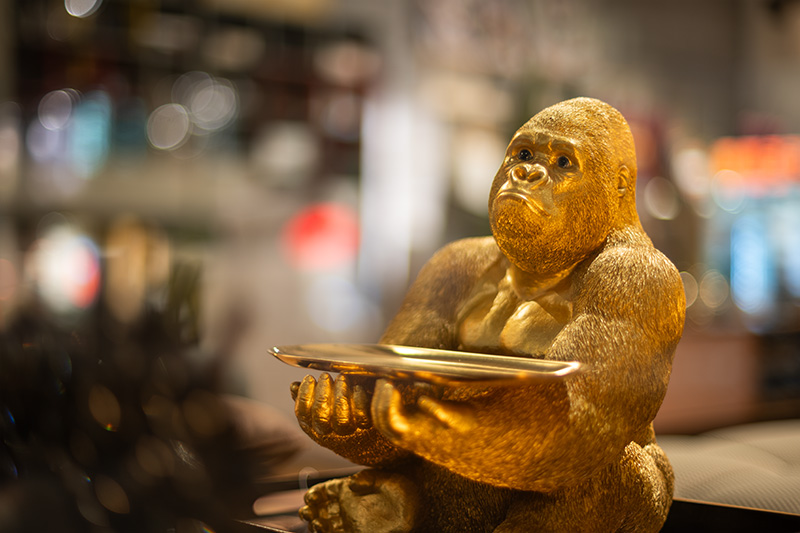
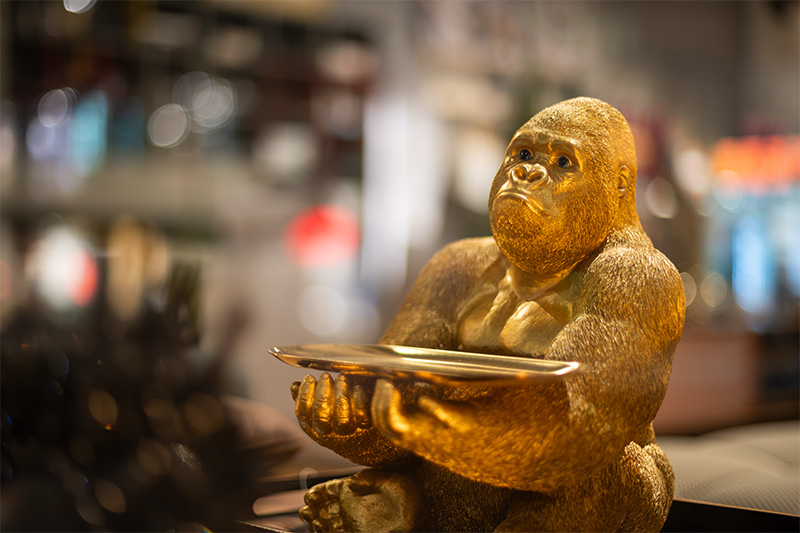


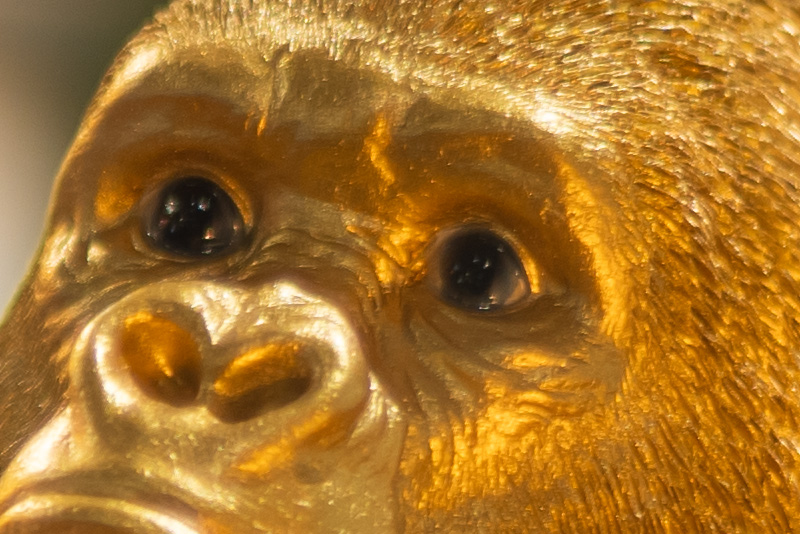
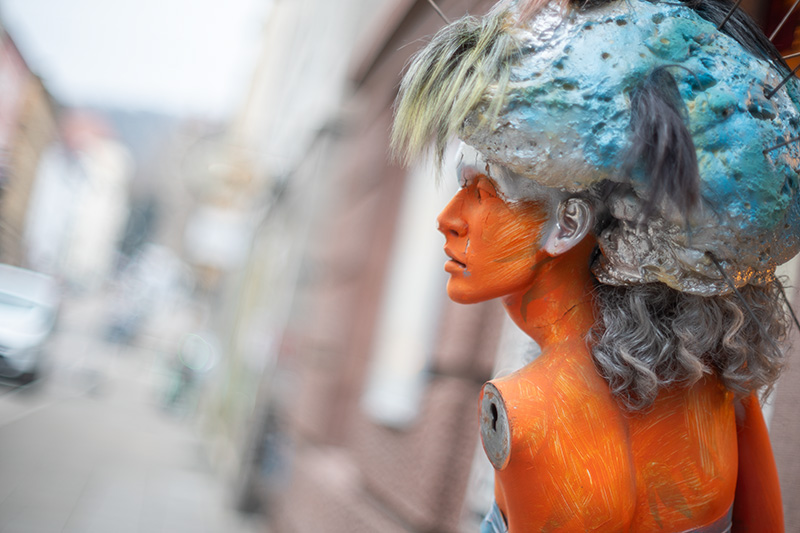

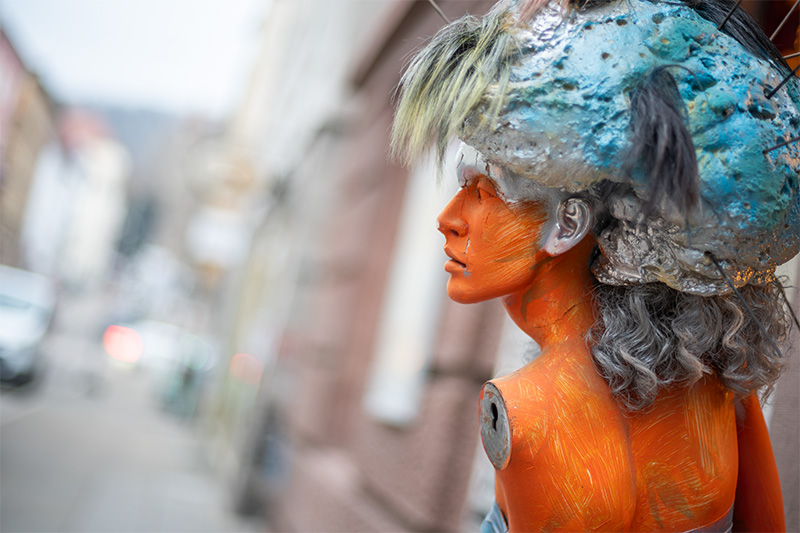



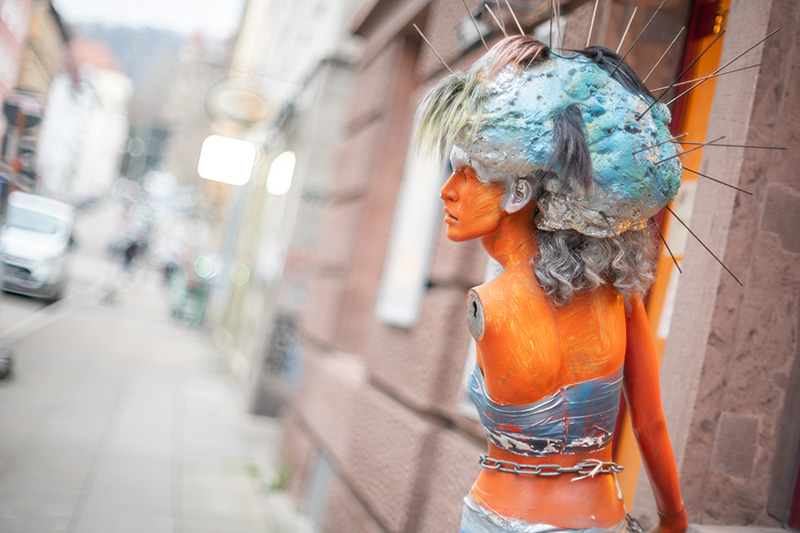
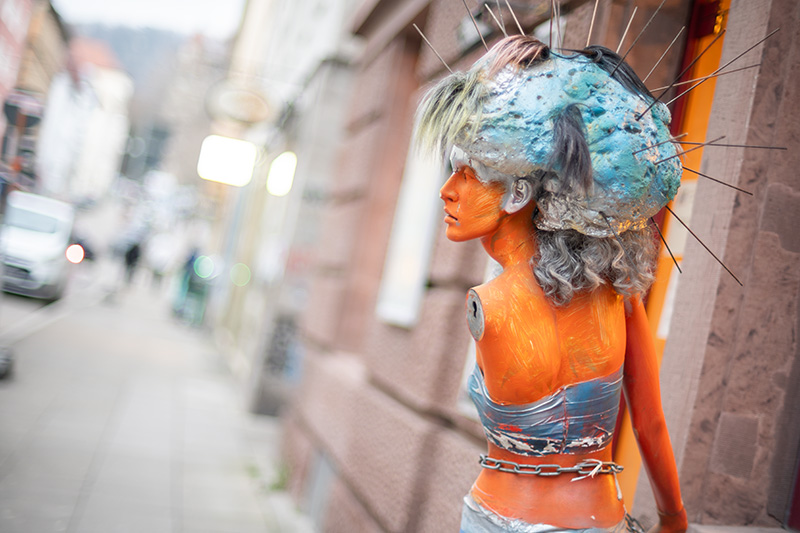




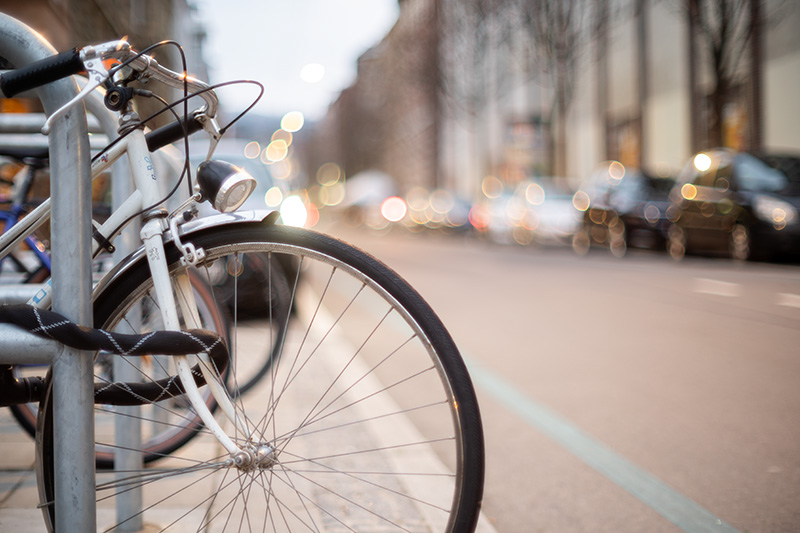
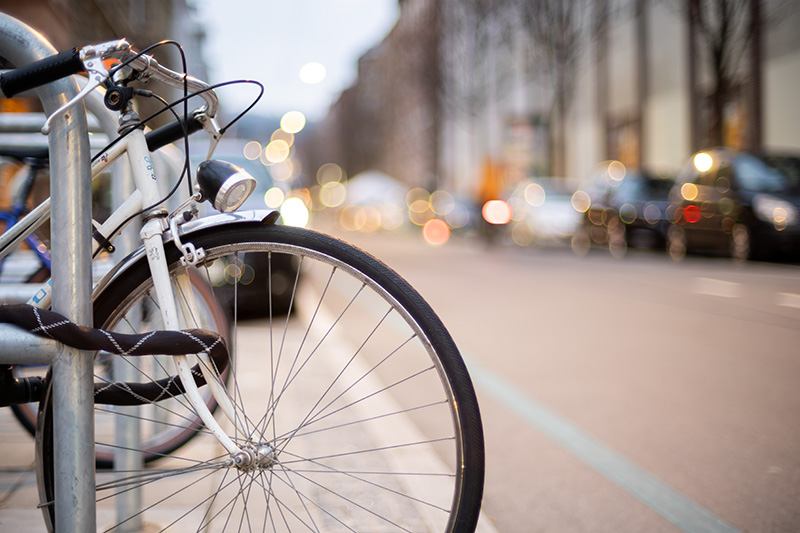
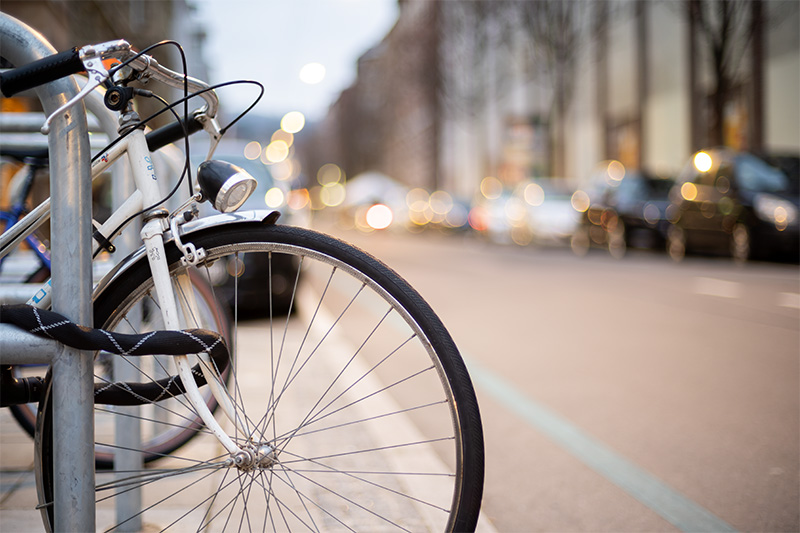
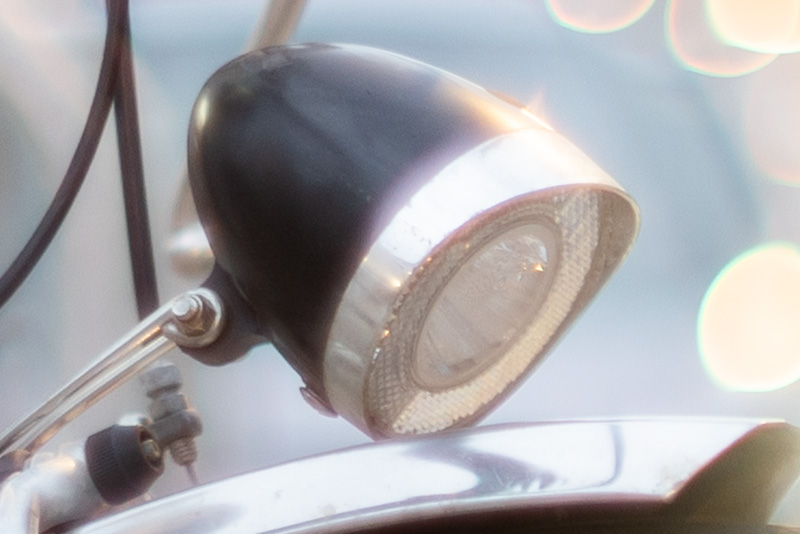




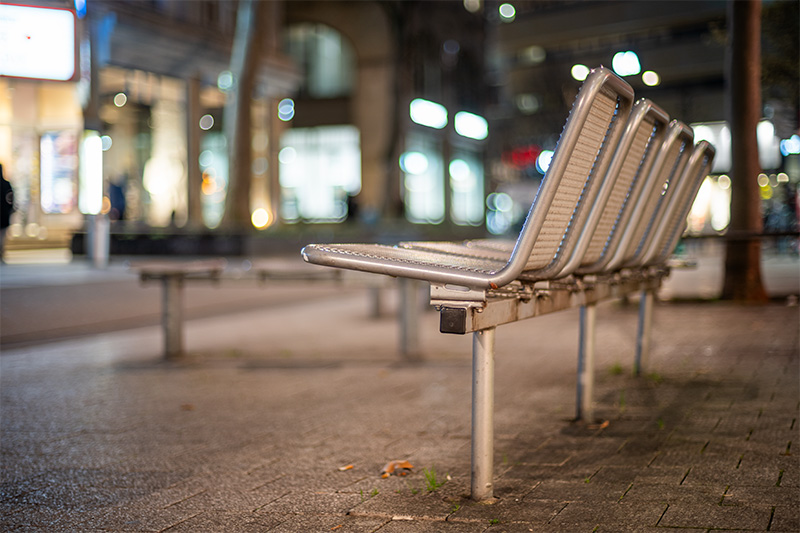
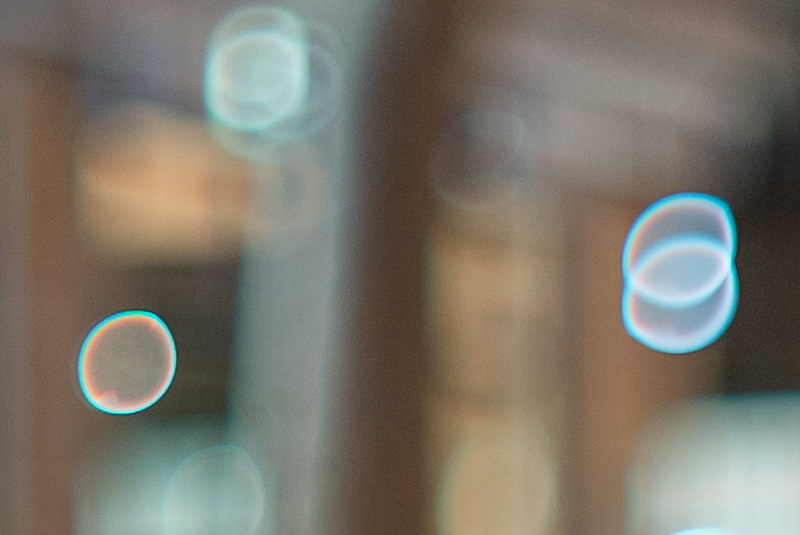


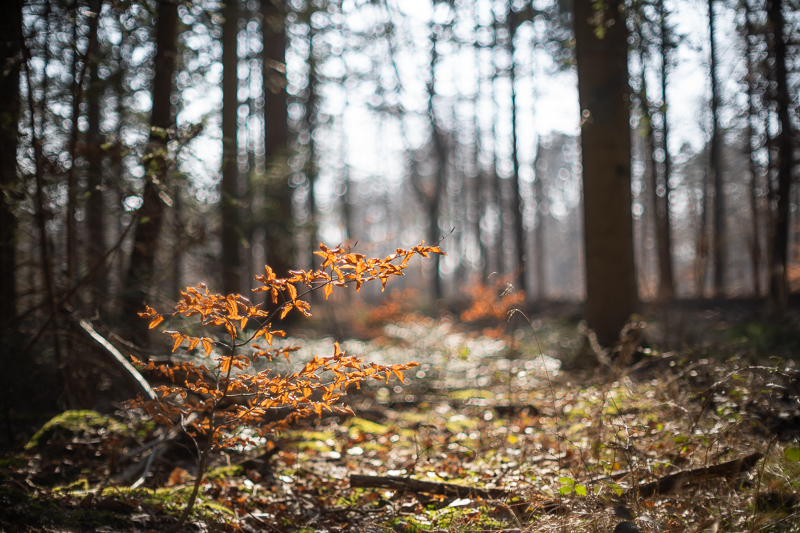
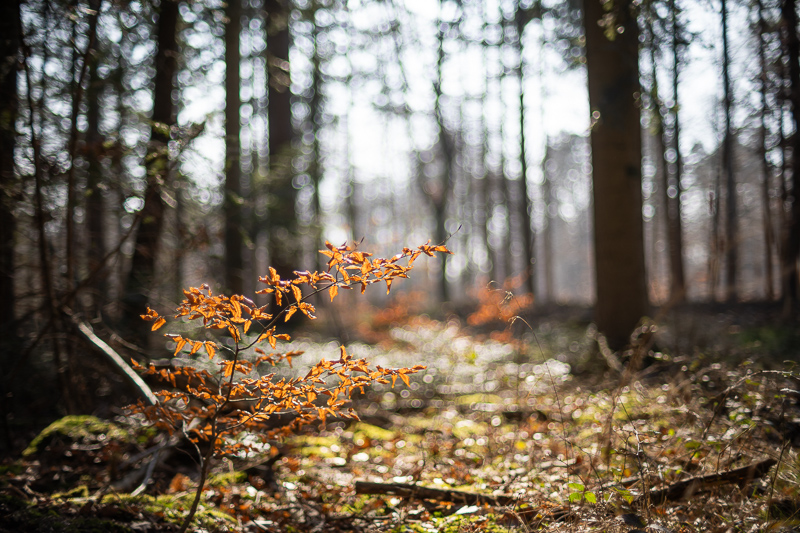

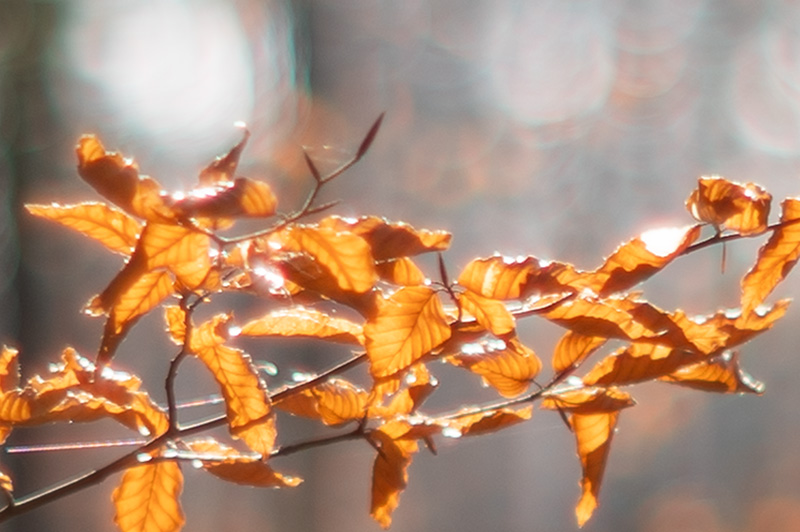


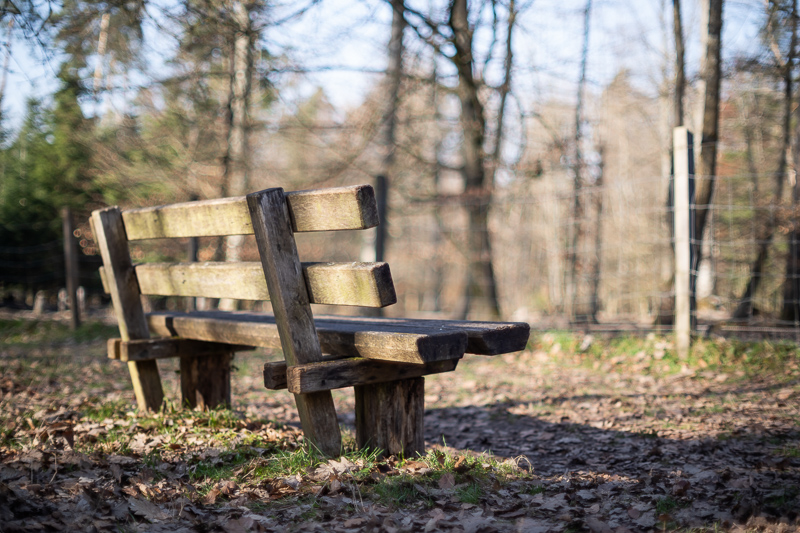
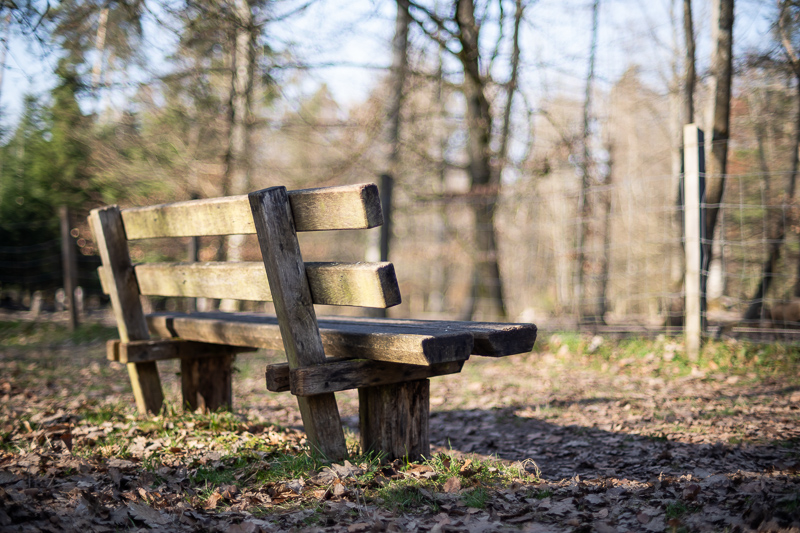
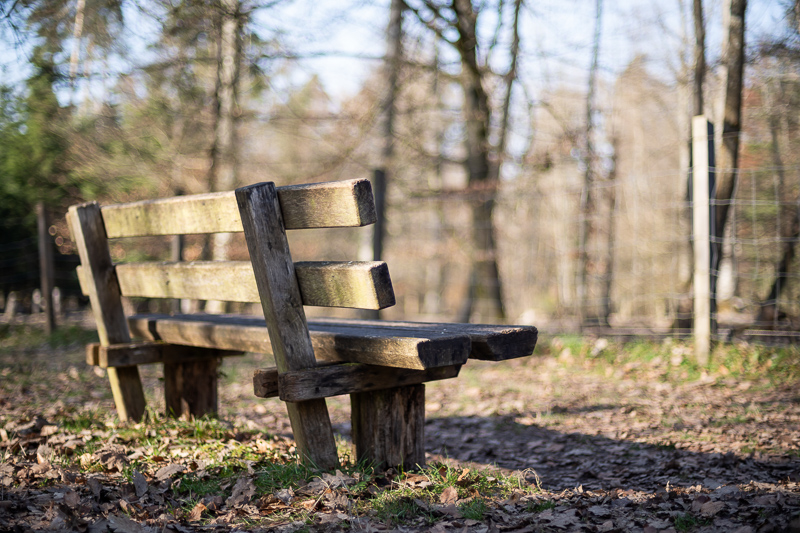
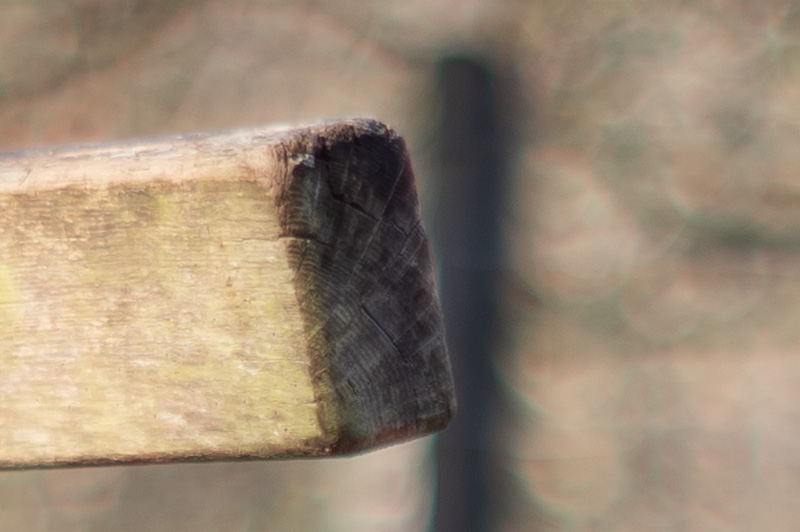


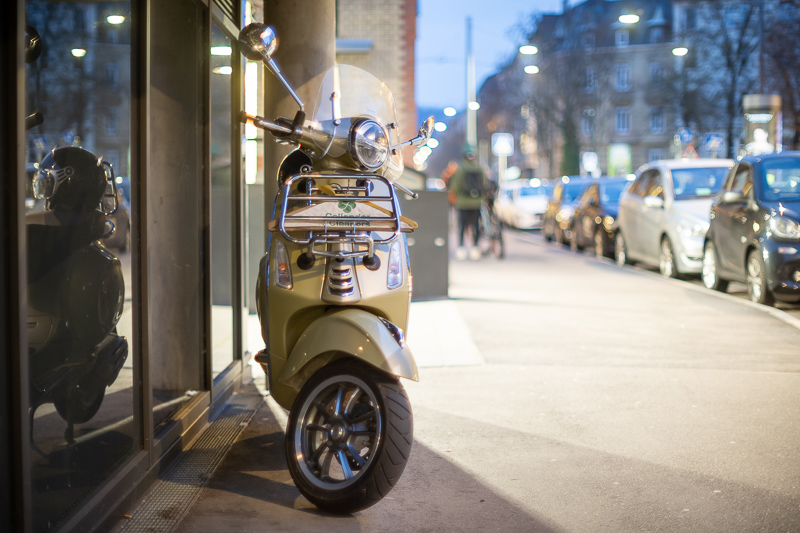
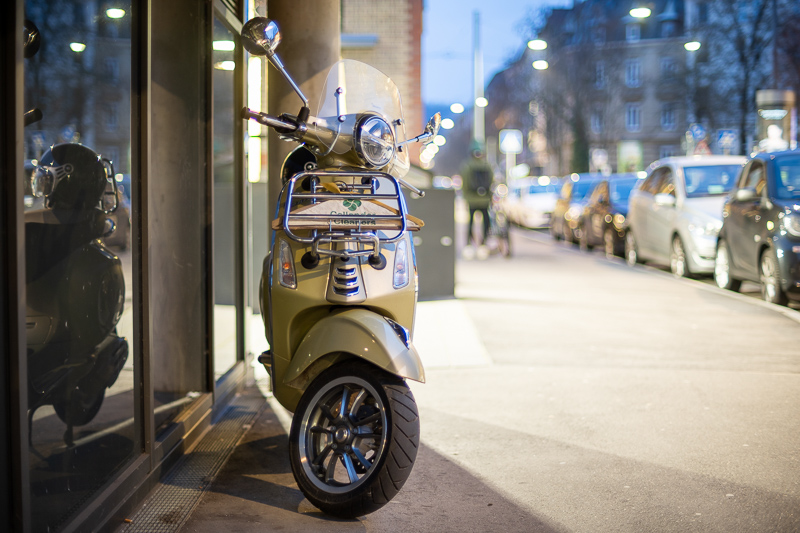
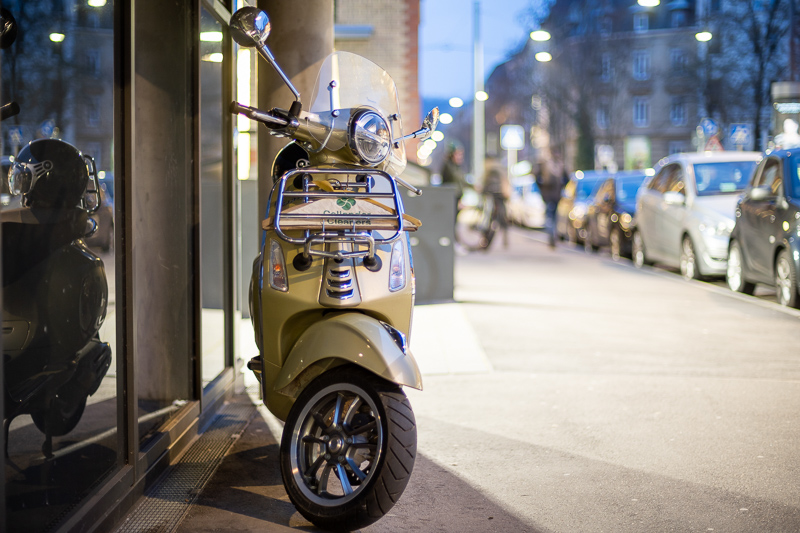
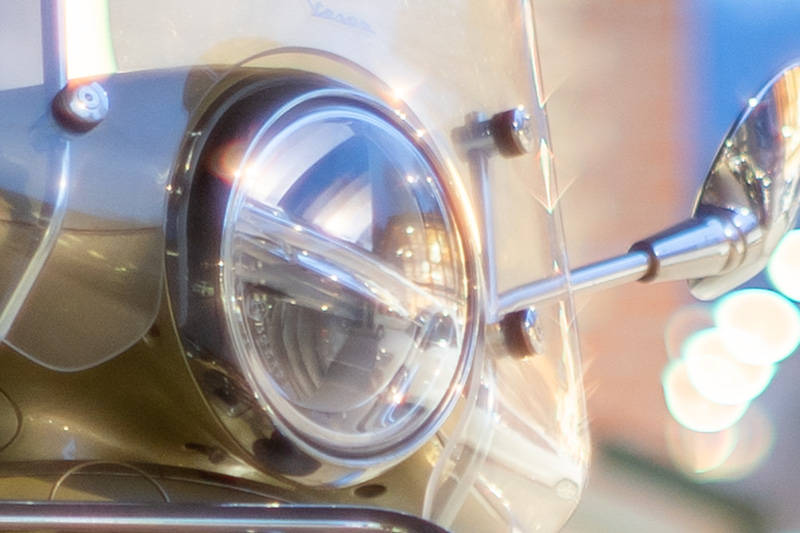


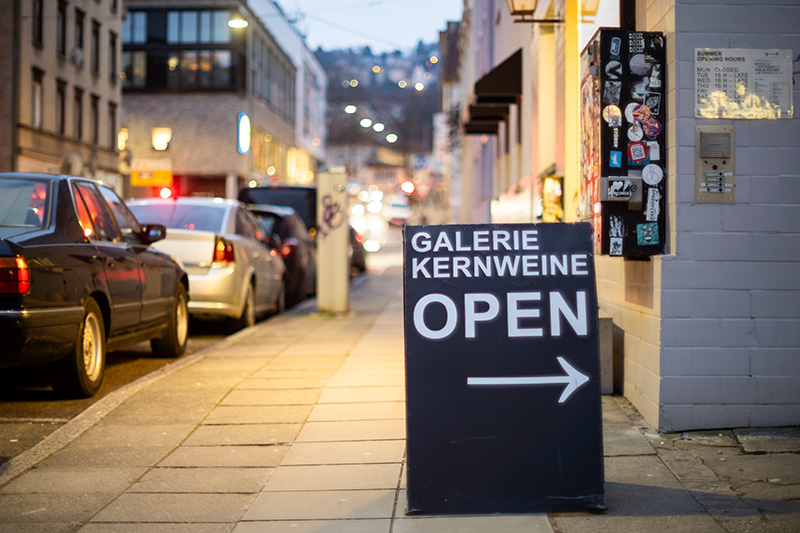
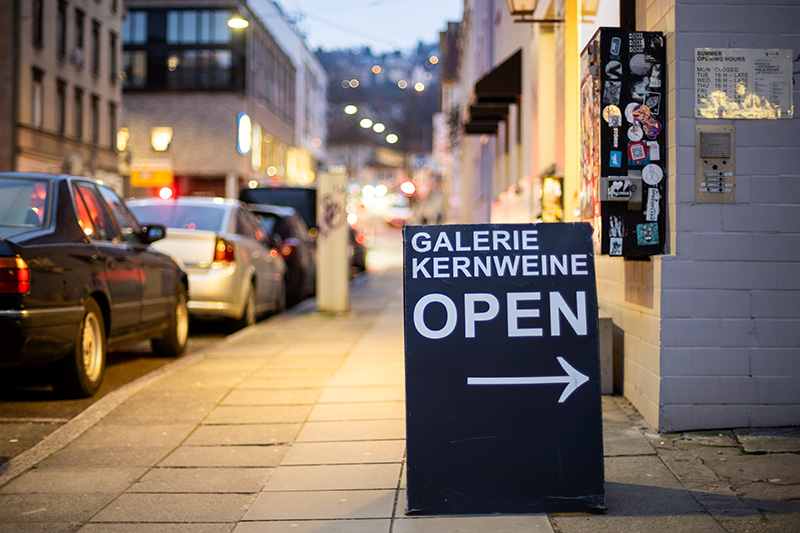
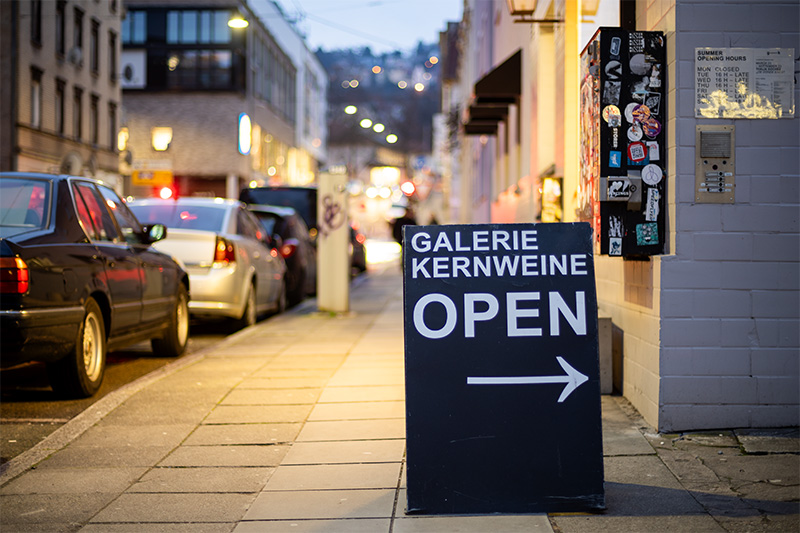
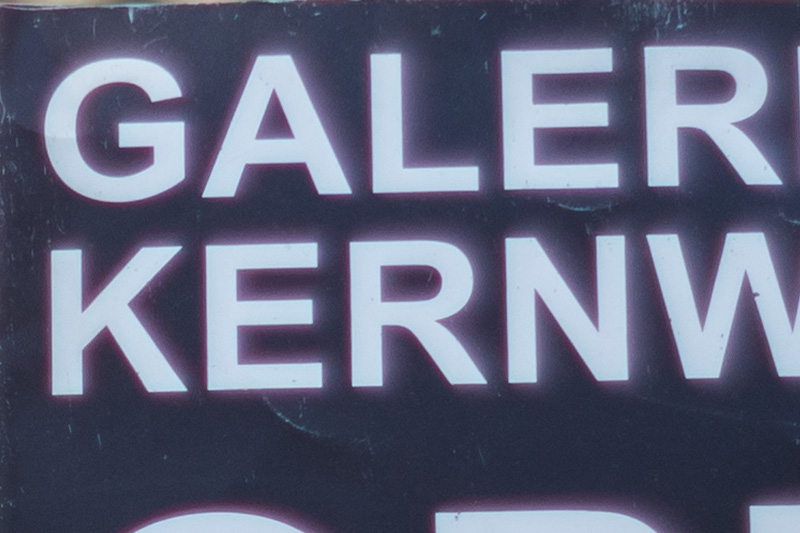


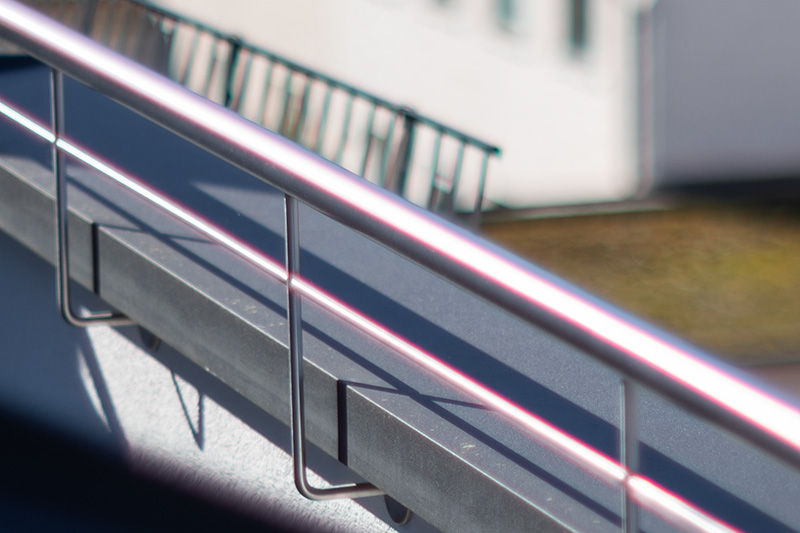


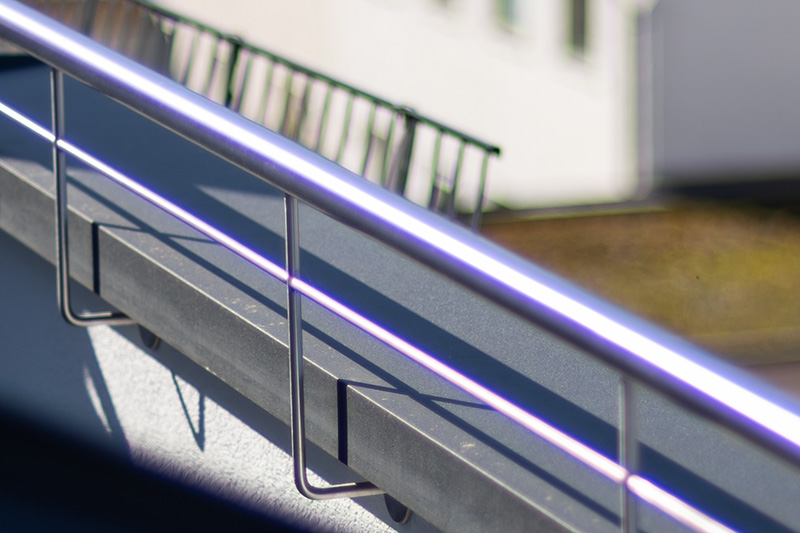



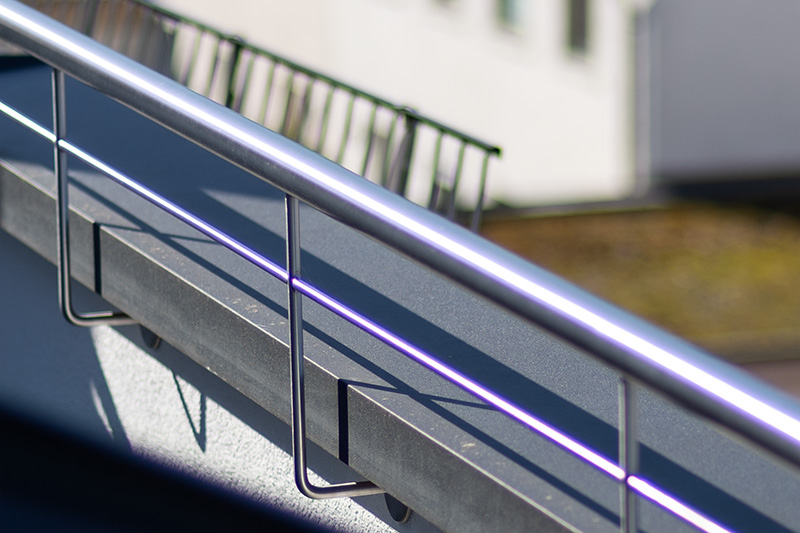

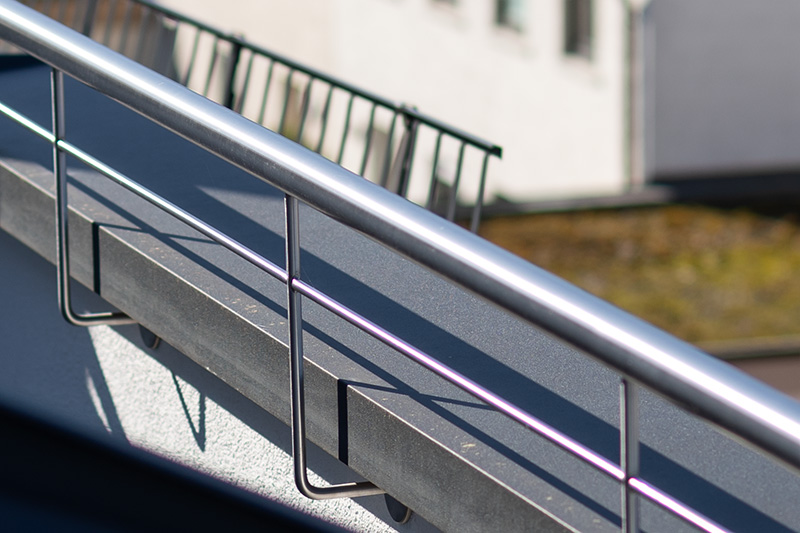

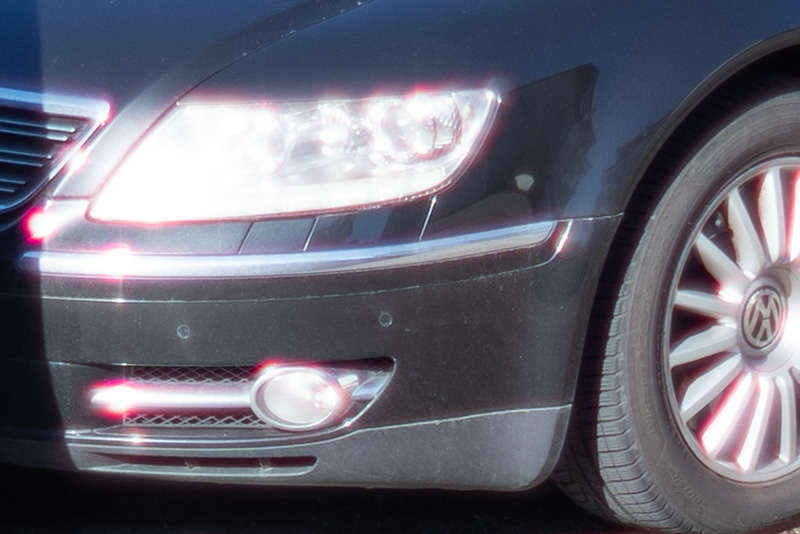
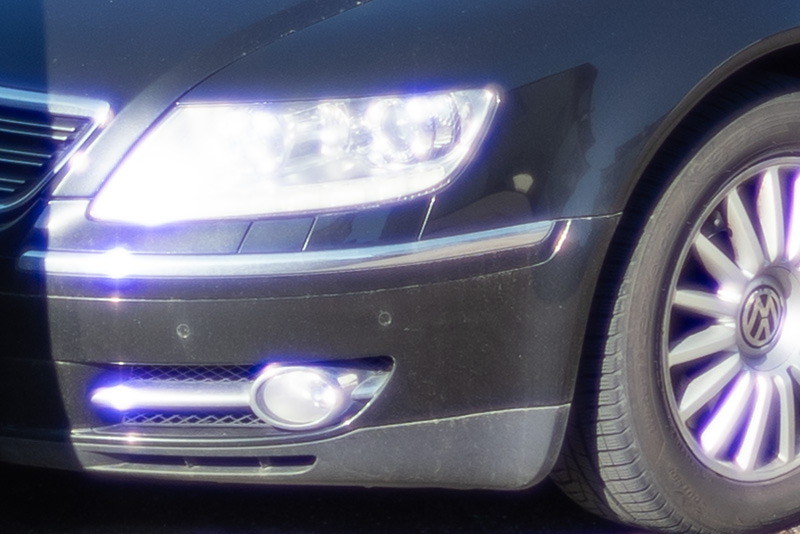
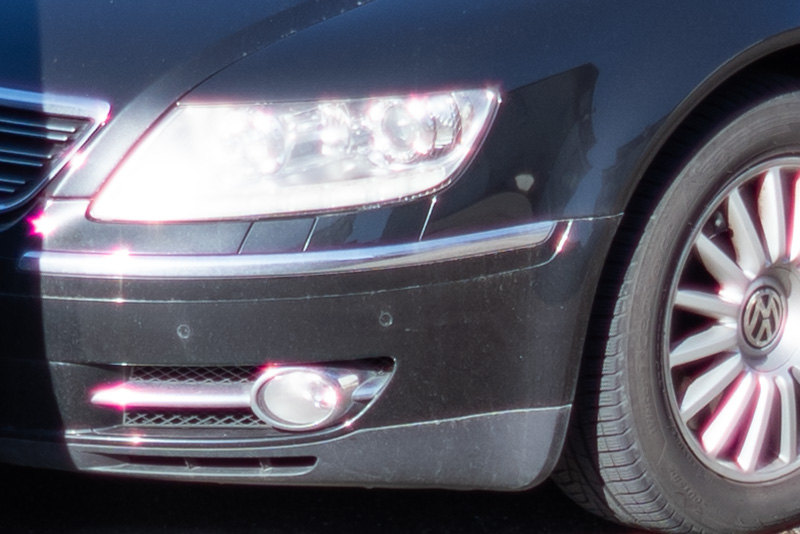
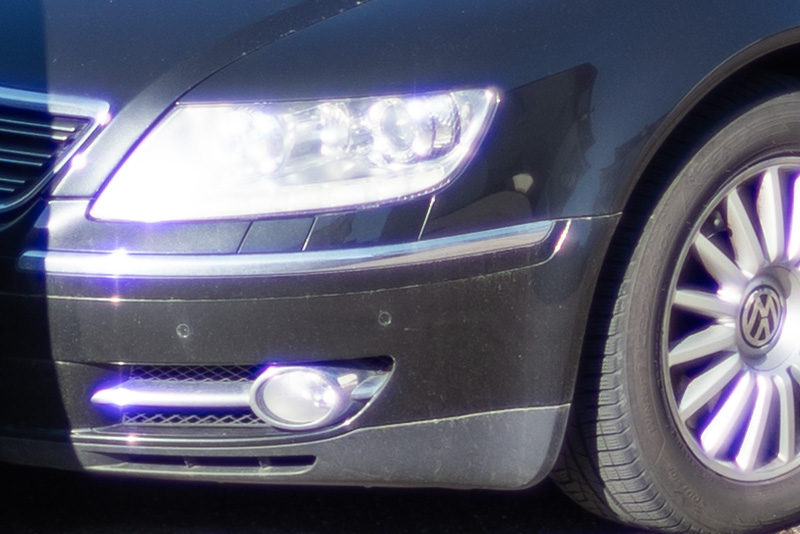
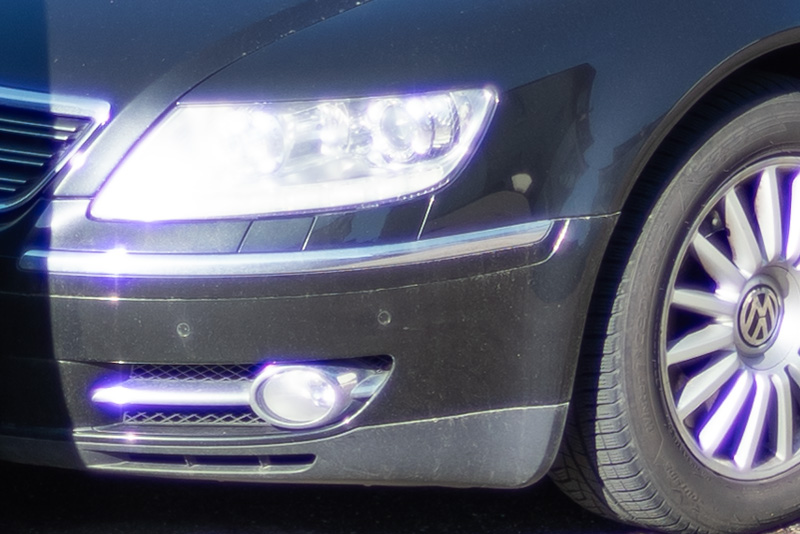

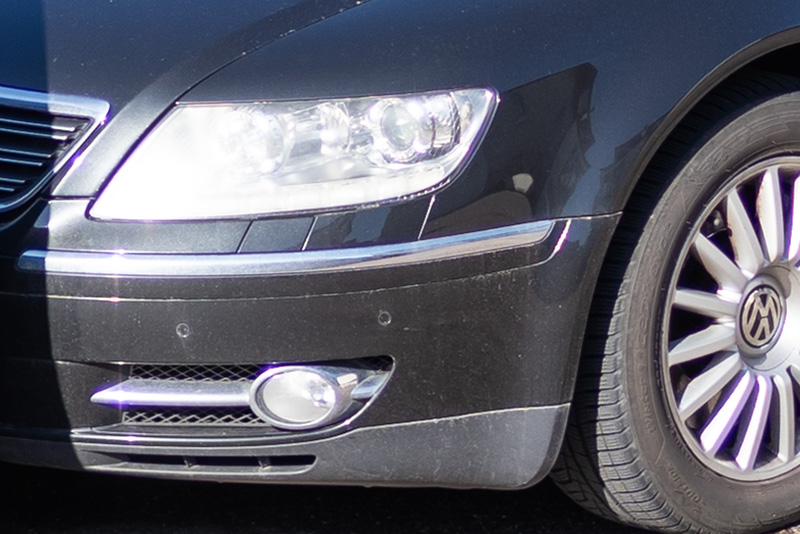

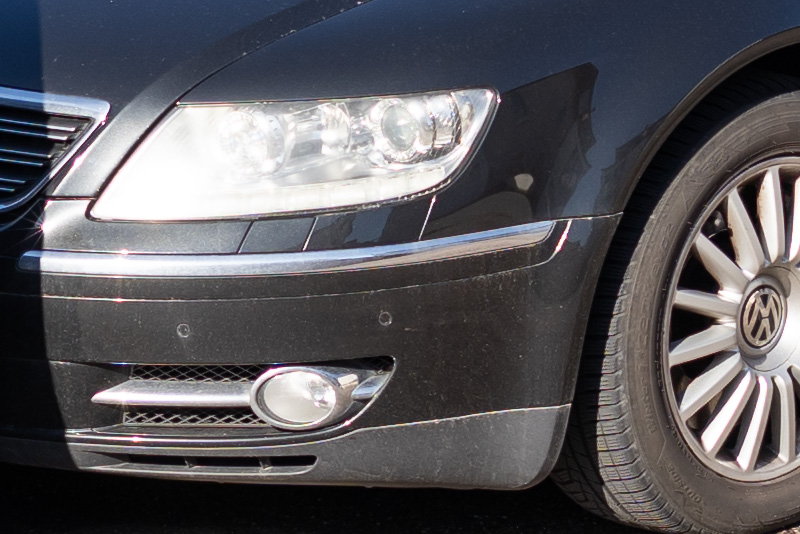

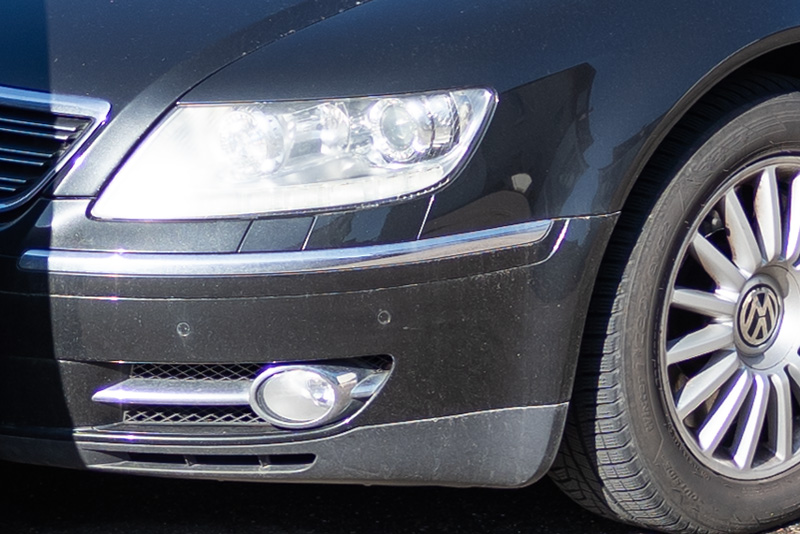
Love this. my silly question would be seeing how these compare to the M mount Voigtlanders for those on mirrorless. Even just one and then we can infer difference between different generations of Voigtlander
You did some real work here, well done!
Nothing revealed in these images makes me feel bad for having bought the Voightlander 58mm f/1.4 II. I’ve been a Nikon shooter for over 50 years and have used most every normal Nikkor from the ’60s to the last F-Mount AF models and the Voightlander 58mm is my choice from all the lenses in this range for Nikon cameras.
One thing this test clearly shows is the value of a truly round aperture by use of extra blades. As seen in your test, when I got smooth highlights even with moderate stoping-down, something That I never got with Nikkors, I knew that the Voightlander was special.
I have read several reviews before I bought the Voigtlander 58mm in 2011 but none of them mentioned the lens’ limitations seriously. Though Voigtlander called the lens Nokton (nocturnal; active at night), it does not live up to its name as pointed out in the review (onion rings, distorted light circles, poor coma correction and low flare resistance). Nevertheless, I like this lens very much for scene of diffused light. I usually place the thin line of focus mid-distance so that both the foreground and background blur gradually, making the subject stands out. One such picture is posted on my instgram today and tagged #phillipreeve (yym1864).
This review really shows me how far modern lens design has developed. Take the Nikon 55/1.2 and compare coma, contrast, close up sharpness, antireflective coatings etc. with the Viltrox 27/1.2 which was reviewed on this site or with Fujifilm’s 56/1.2 (which I own) – today, anyone has access to optical quality which a professional simply couldn’t buy in the 1980s.
Someone will soon point out that these are crop sensor lenses, but even if you give the Nikon or the Voigtländers the benefit of cropping, there is no contest.
I’ll always remember the comment given by Grover Larkins for the Nikkor 55/1.2 by on his Nikkors “Lens Evaluations” historical site (Google it) : “a true dog”!
Not that bad this little/big Nikkor 😉 the 50/1.2 ais being better (very good @f/2.0)
Not to be pedantic, but the Nikon lens you tested was made no earlier than 1977, which is when they introduced AI lenses.
Perhaps you meant that the lens design was first made in 1966 (as a non-Ai).
By the way, you can tell Ai from non Ai lenses by the indexing fork for older cameras. If the fork has small holes in it (as this one does) it is Ai; solid ones are pre- or non-Ai.
I am aware.
oh God, no thank you, first of all adapting em would mean adding weight, volume, and front weight.
btw the Nikon looks the best for me